Science Education
Julie Garbutt: jgarbutt@srprestonwest.catholic.edu.au

Science Education
Julie Garbutt: jgarbutt@srprestonwest.catholic.edu.au
Foundation students are learning about how the weather affects our work and play. Through varied investigations, students increase their understanding of how the characteristics of weather affects their daily lives.
In week 2, students drew symbols for different types of weather:
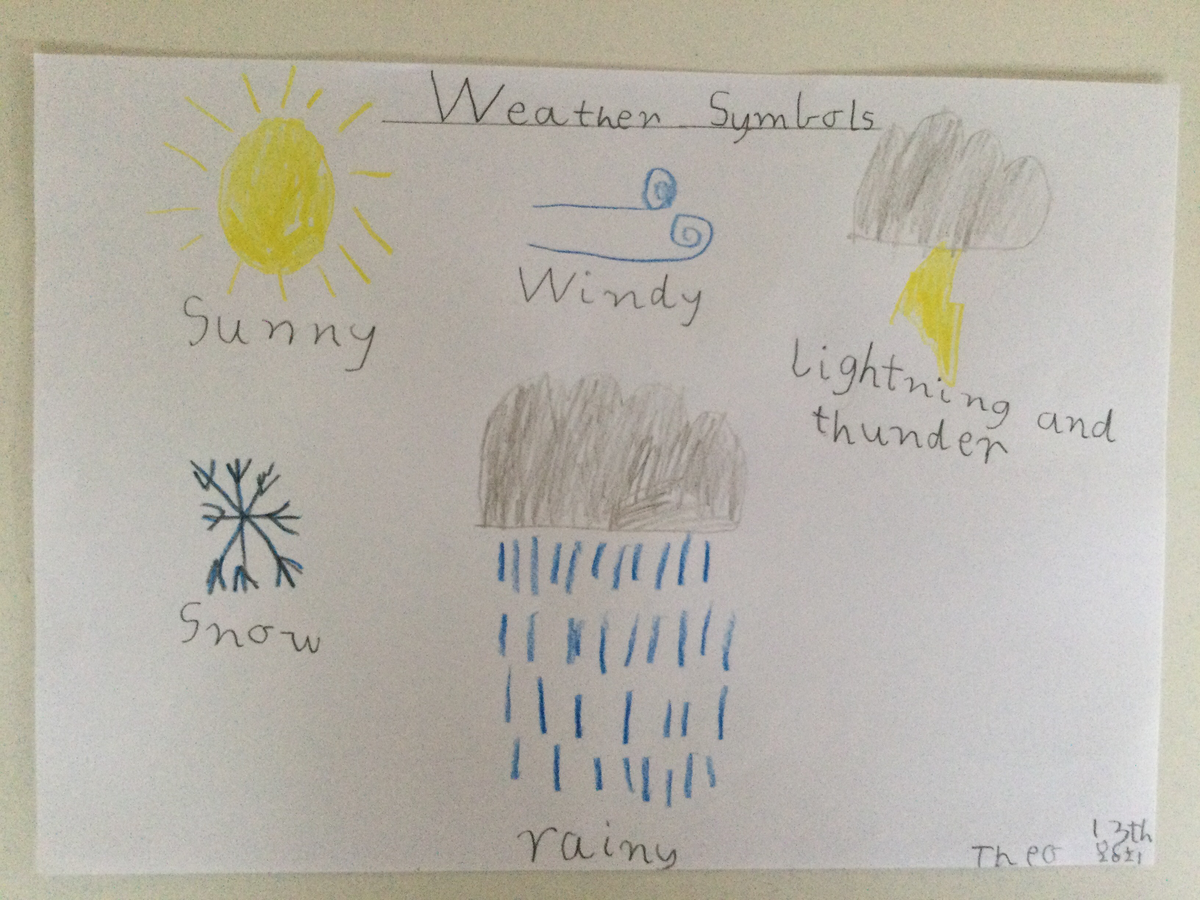
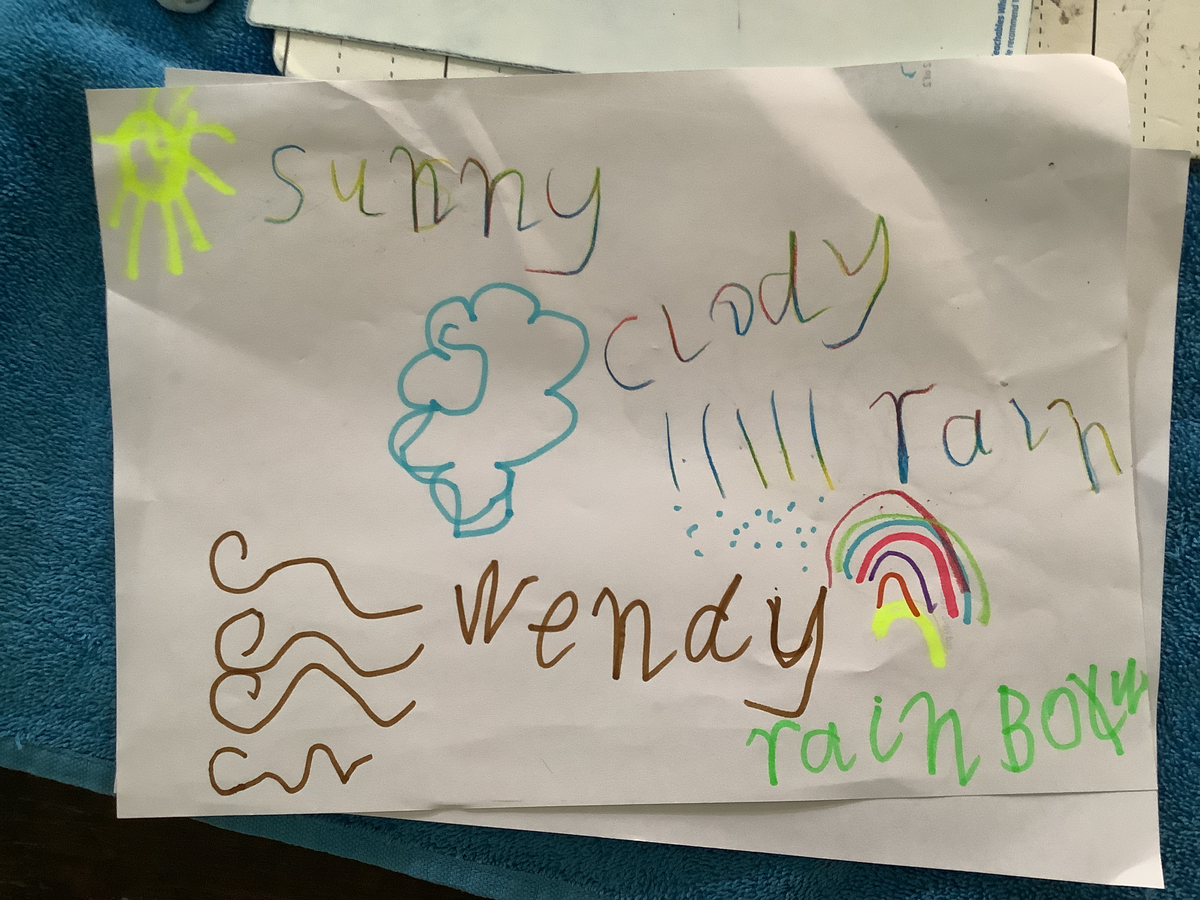
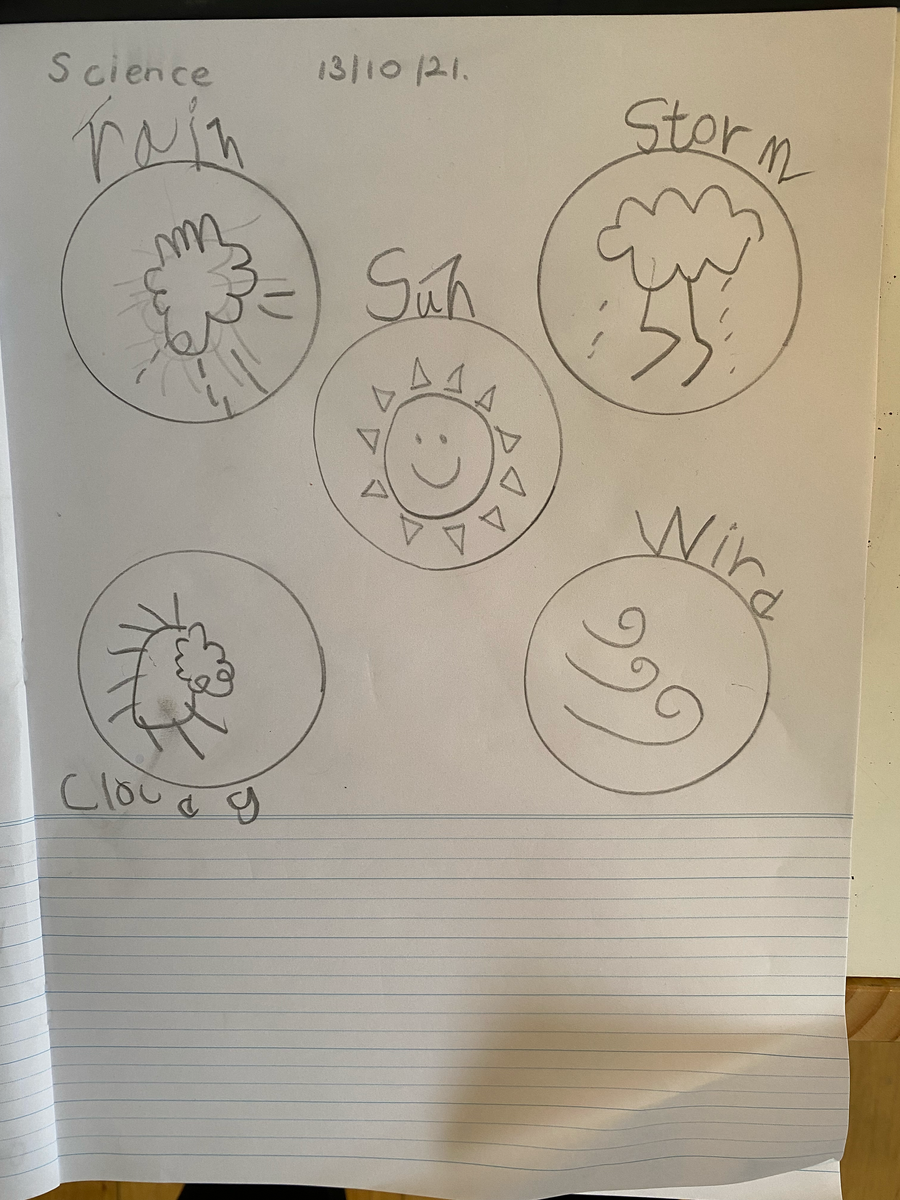
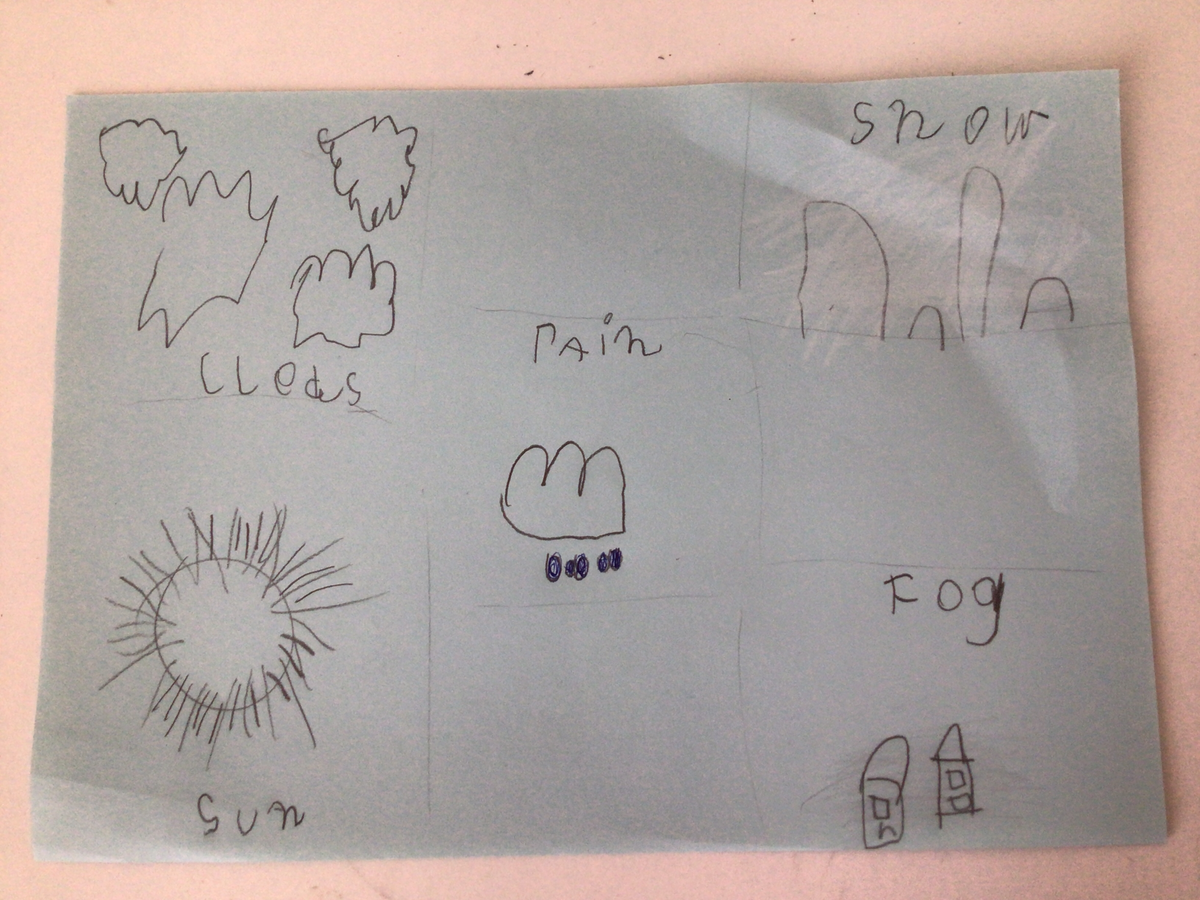
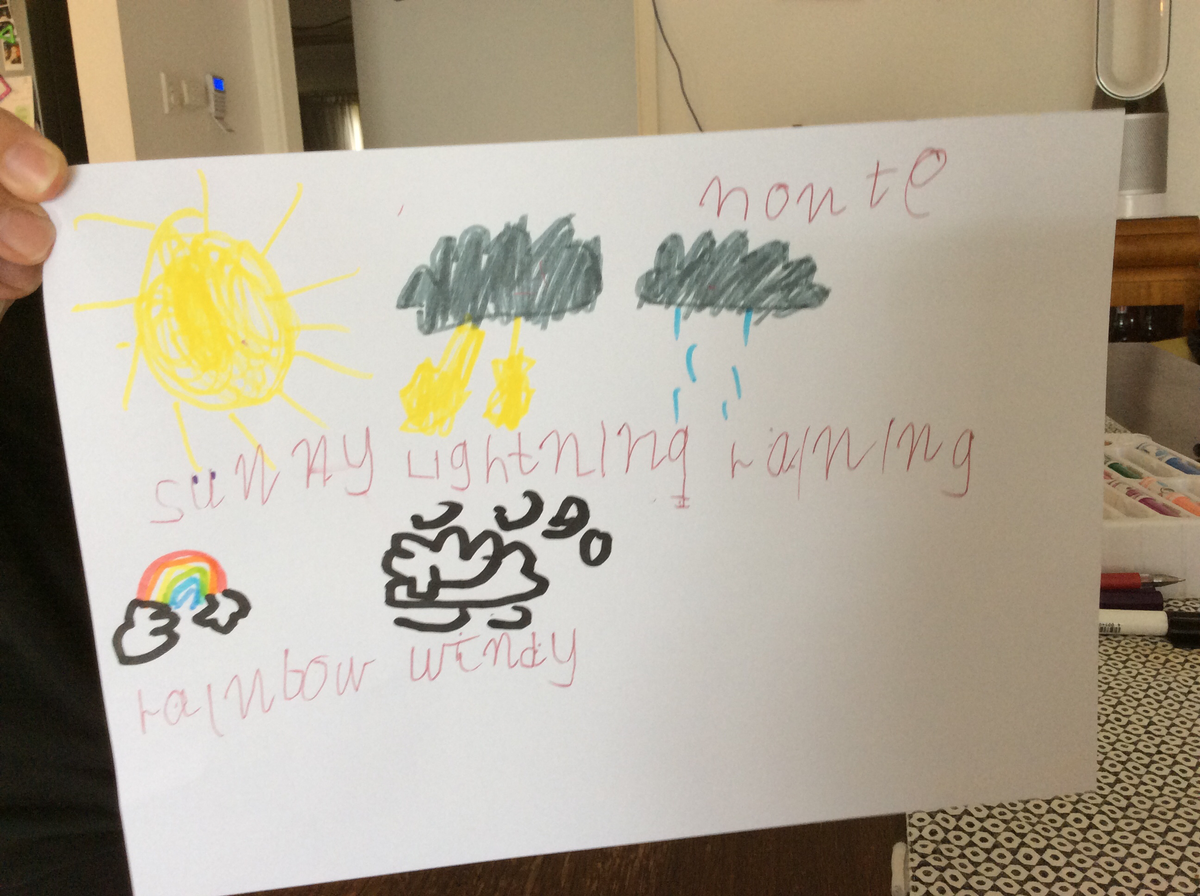
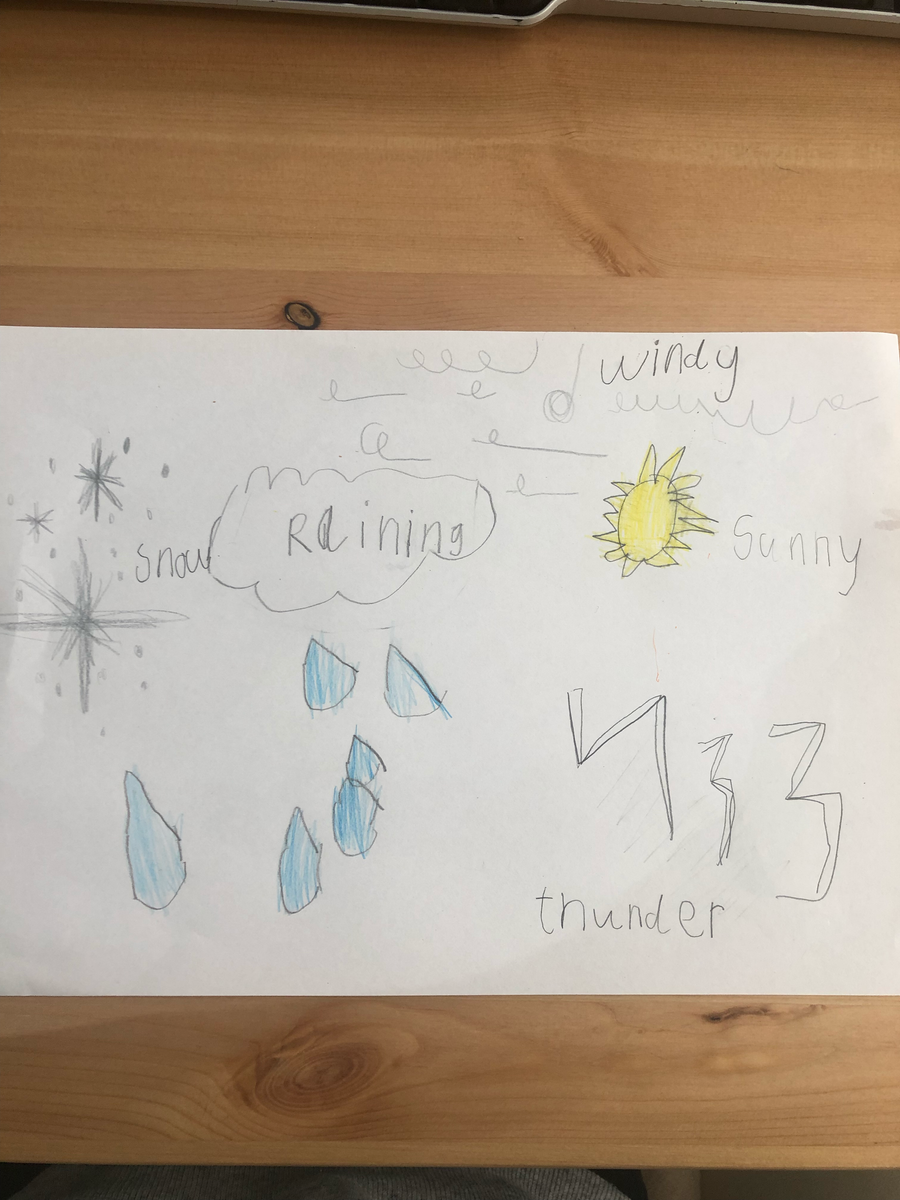
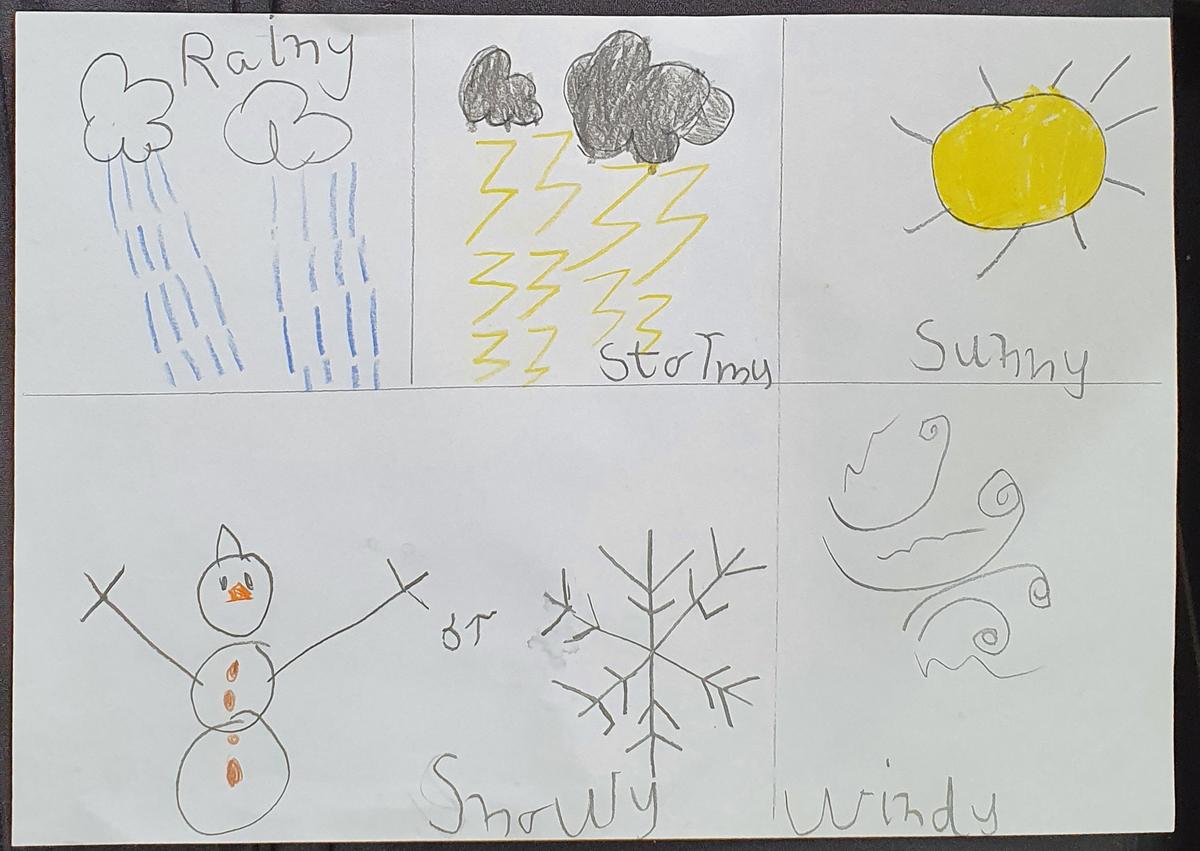

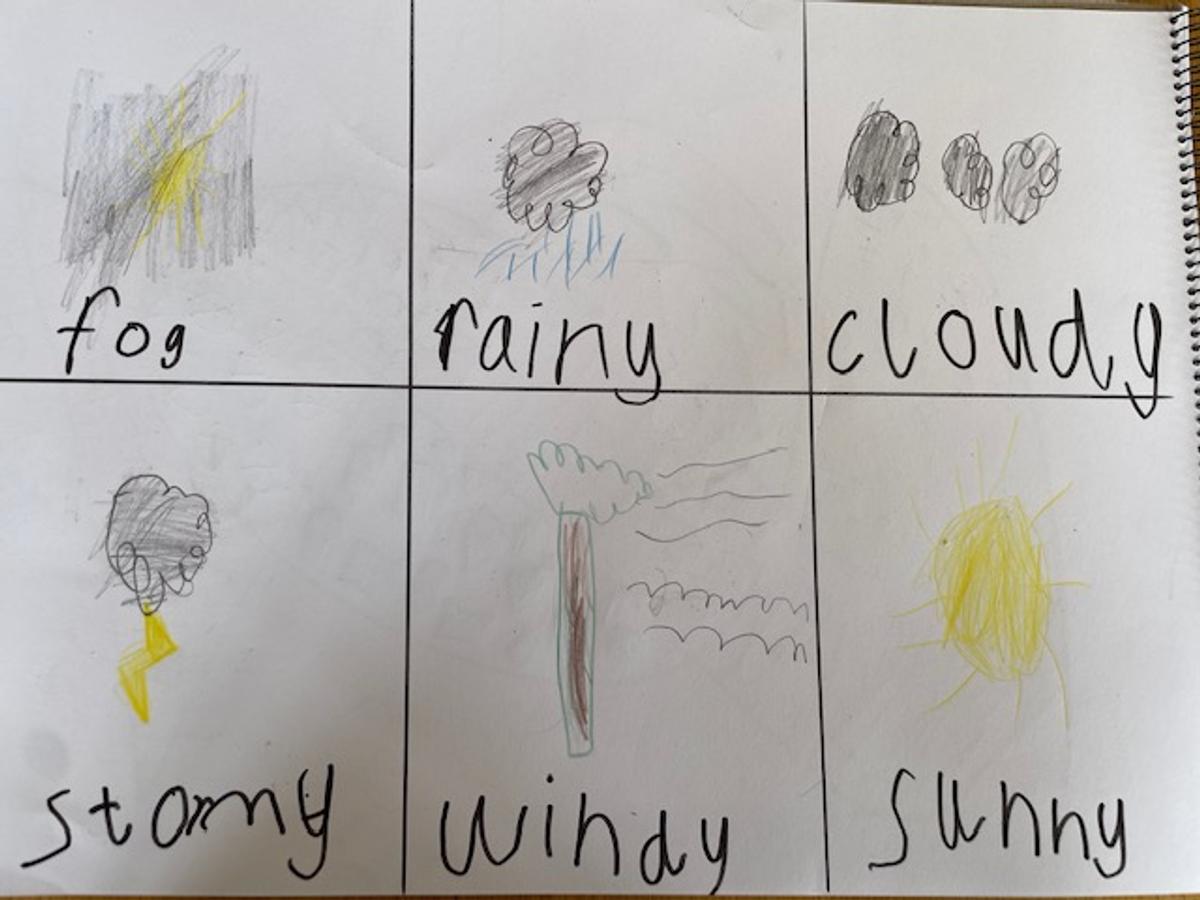
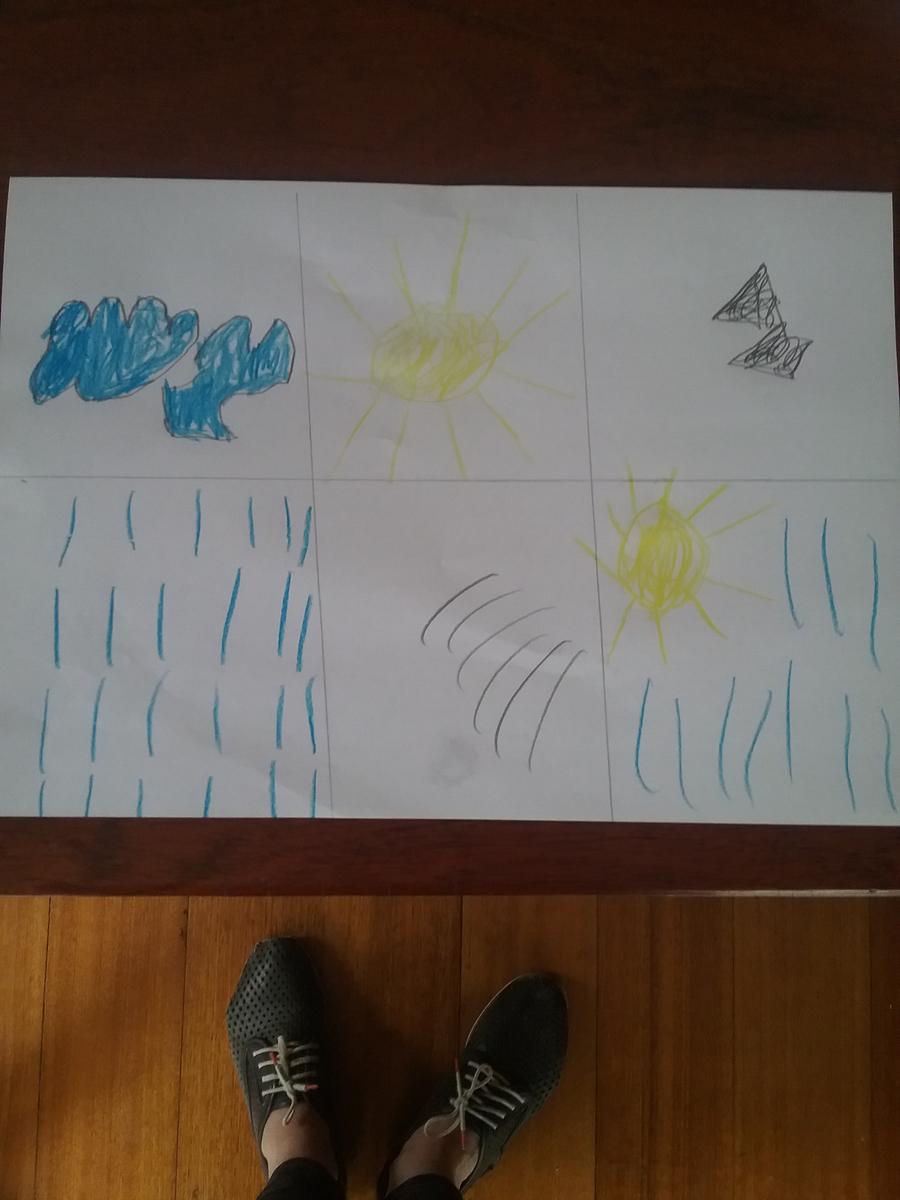










In week 3, students described how much of the sky is covered by cloud:
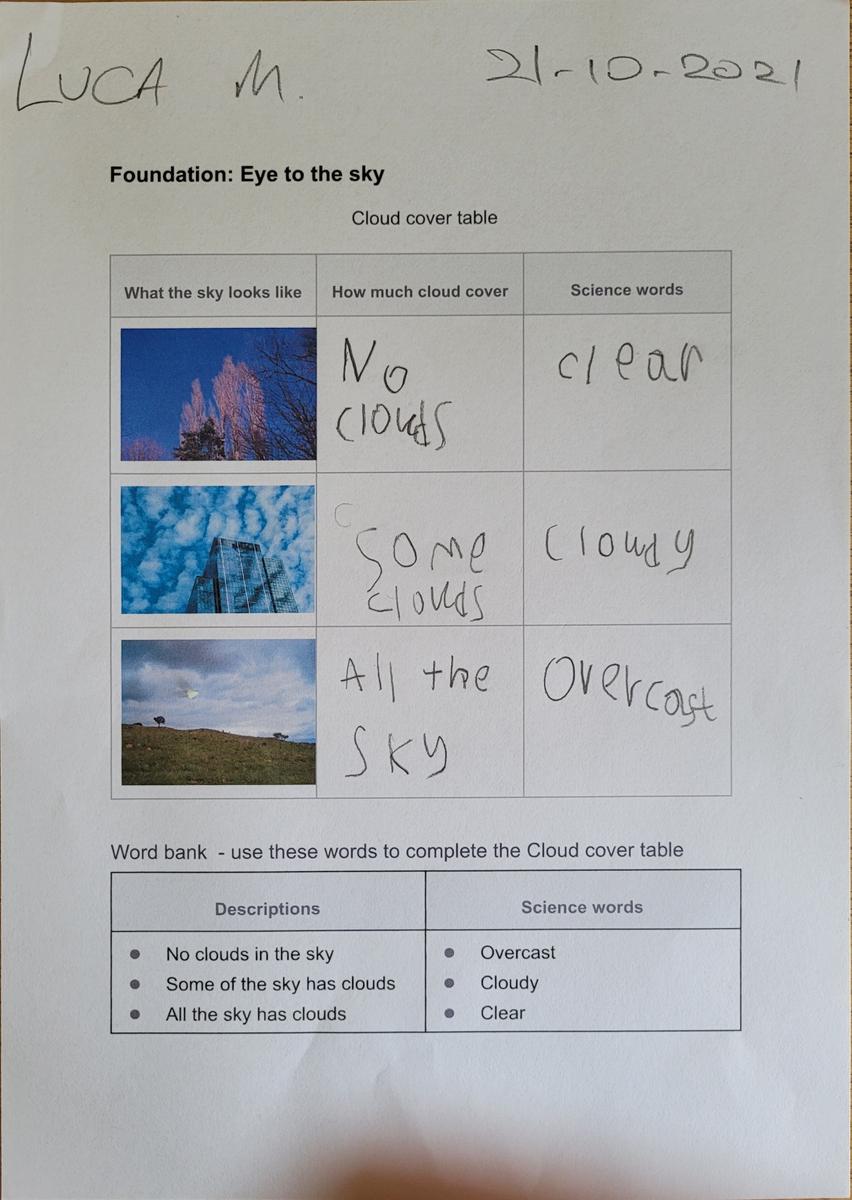
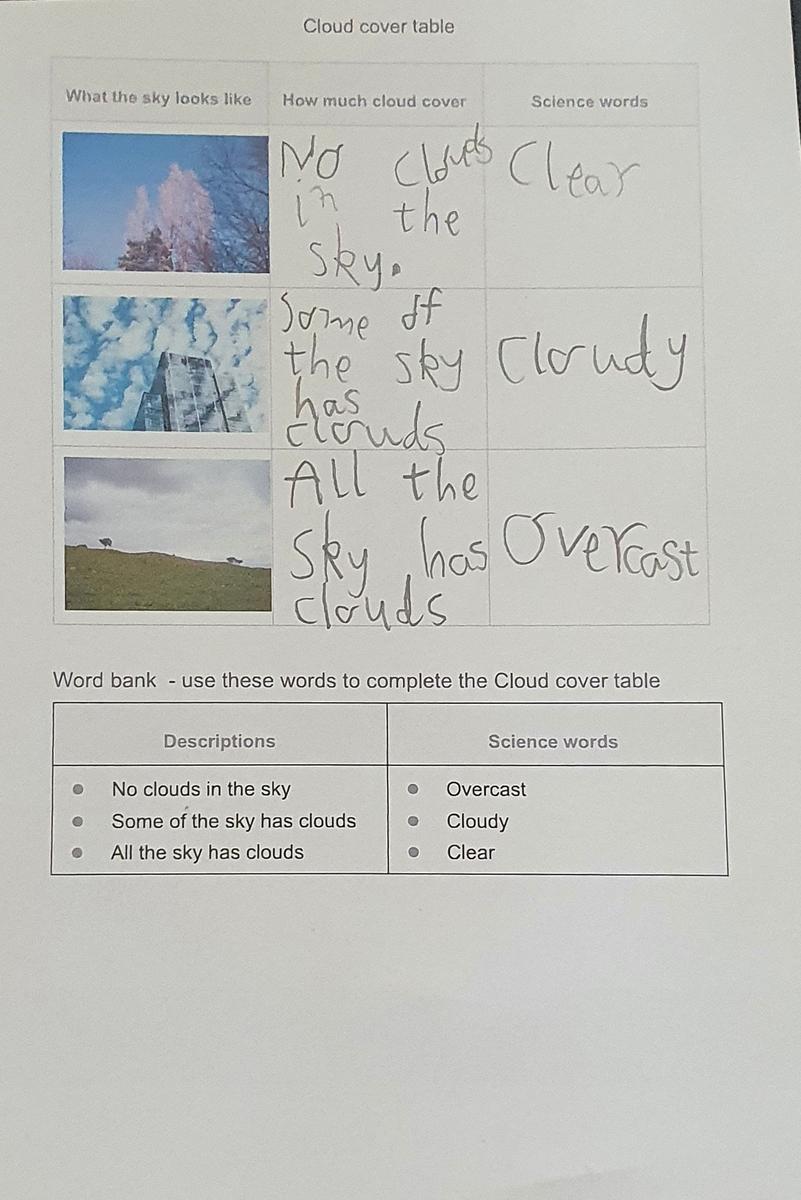
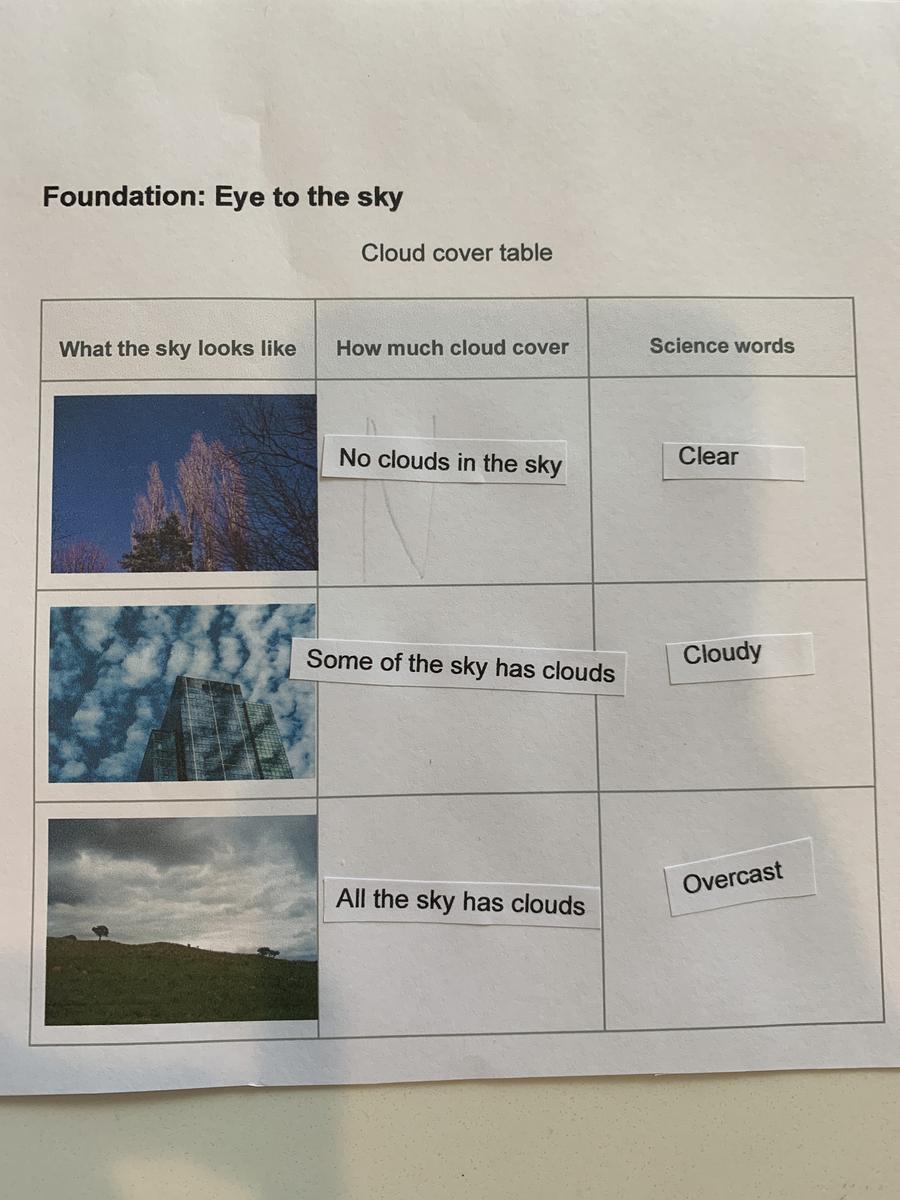
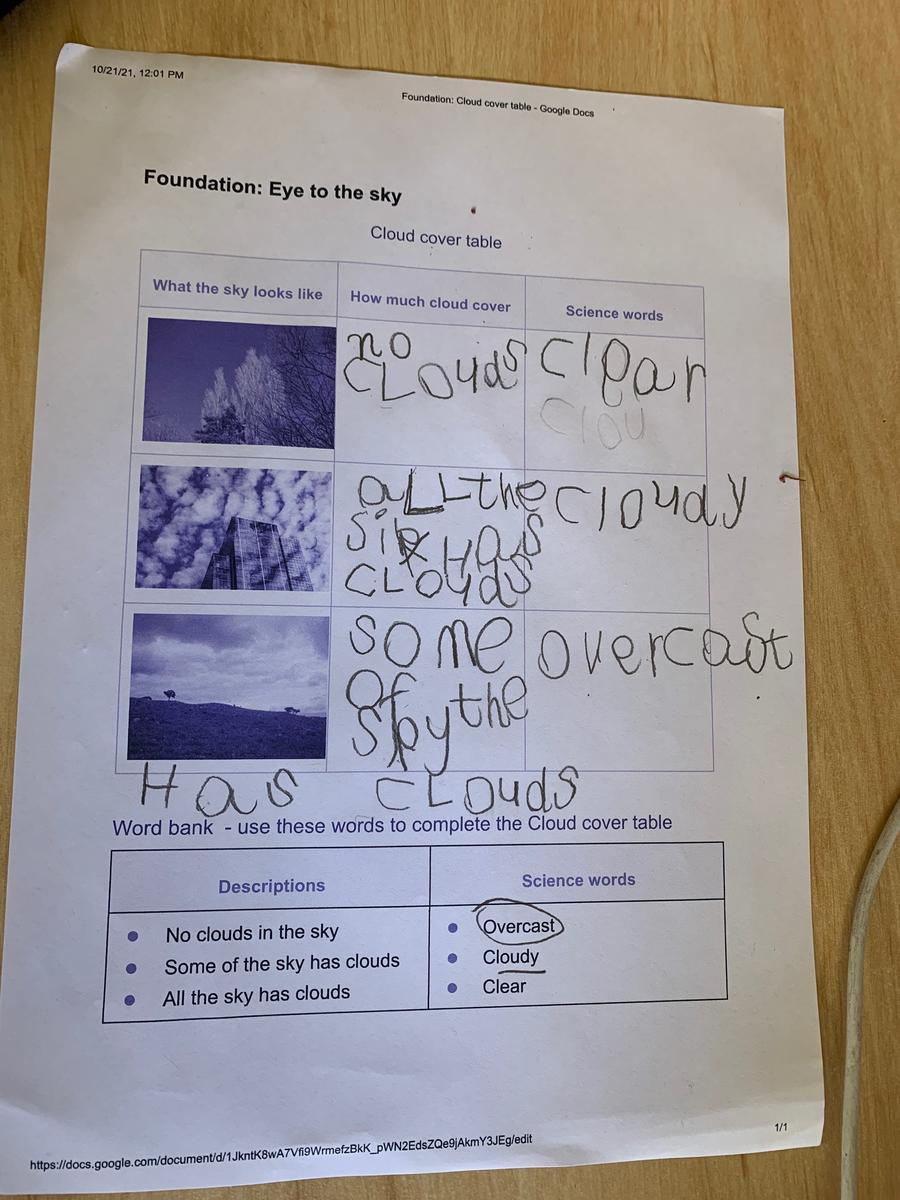
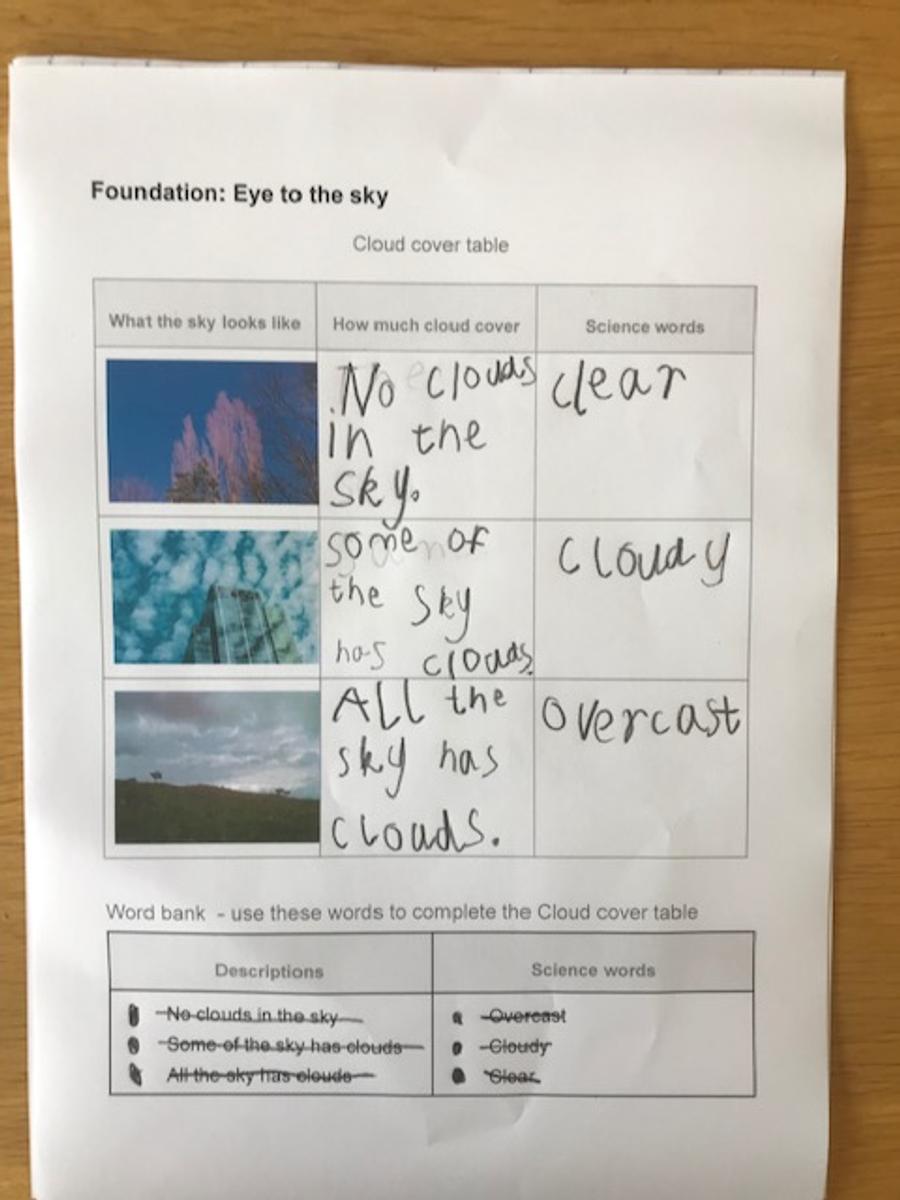
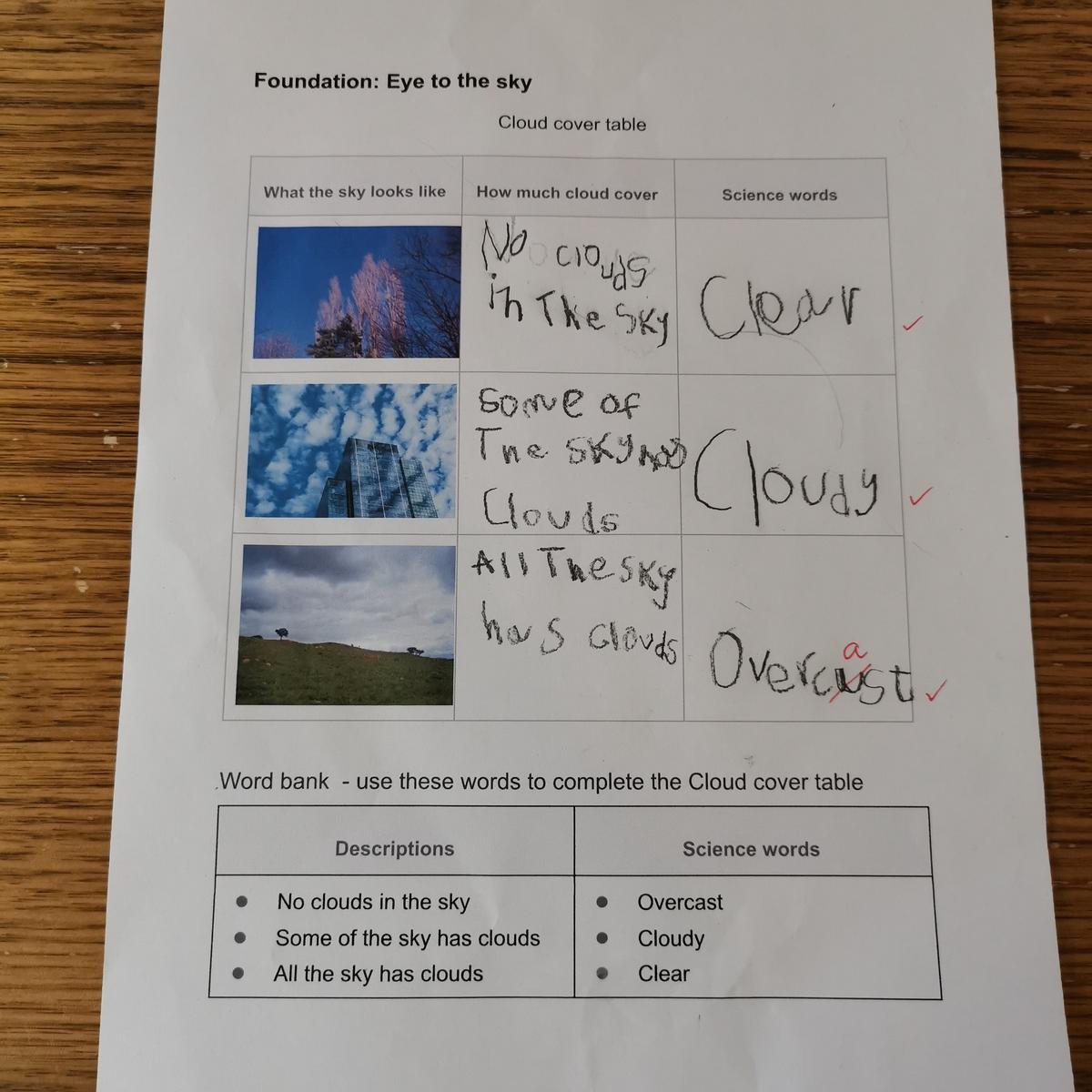
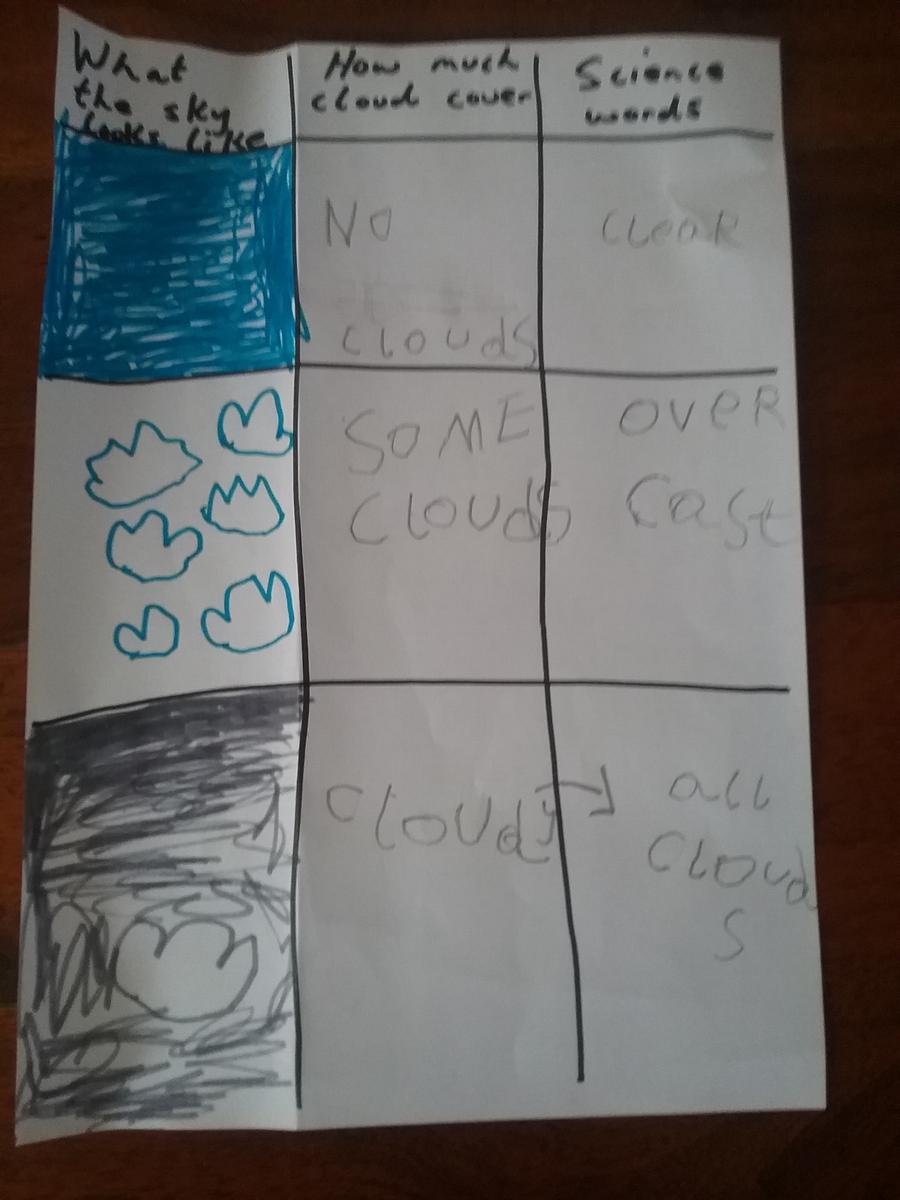







Year 1/2 students are are learning about living things, their external features and the different places they live that meet their needs.
In week 2, students used their senses to observe and identify small animals in their habitats:


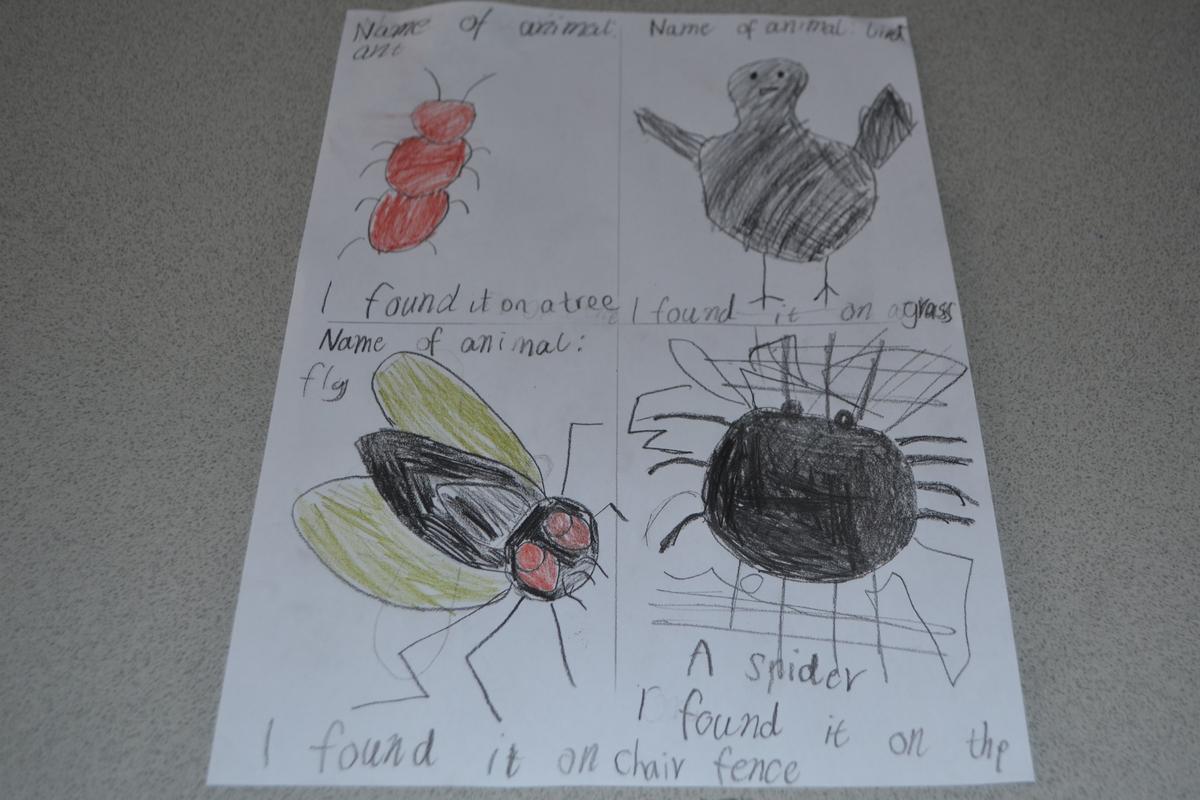

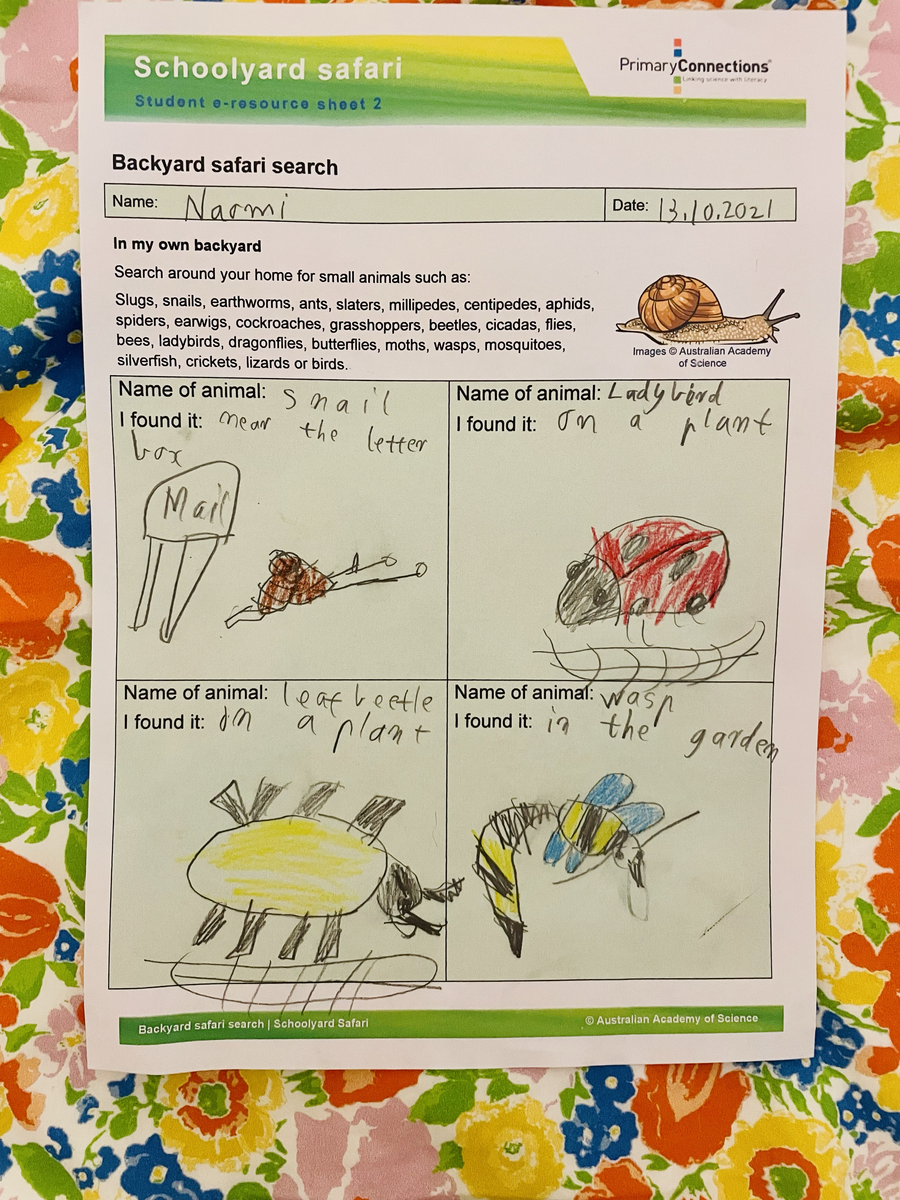





In week 3, students closely observed and created an annotated drawing of a small animal:
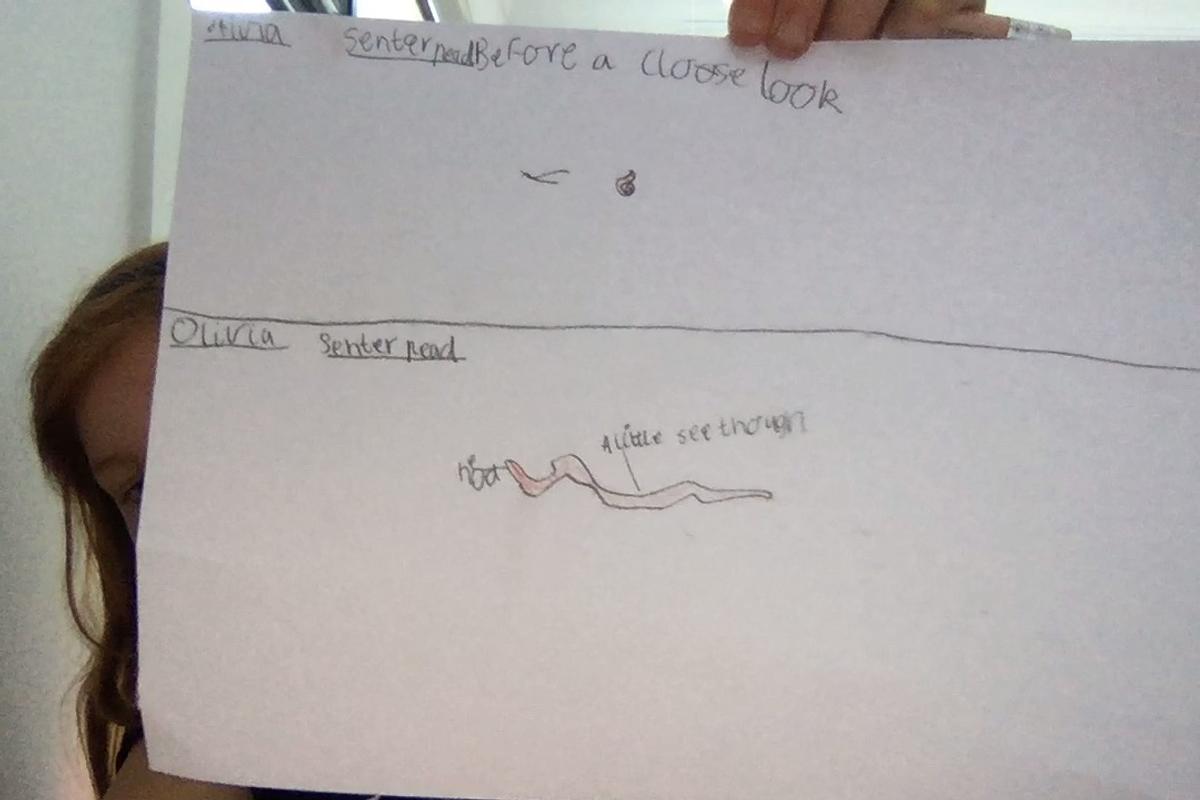
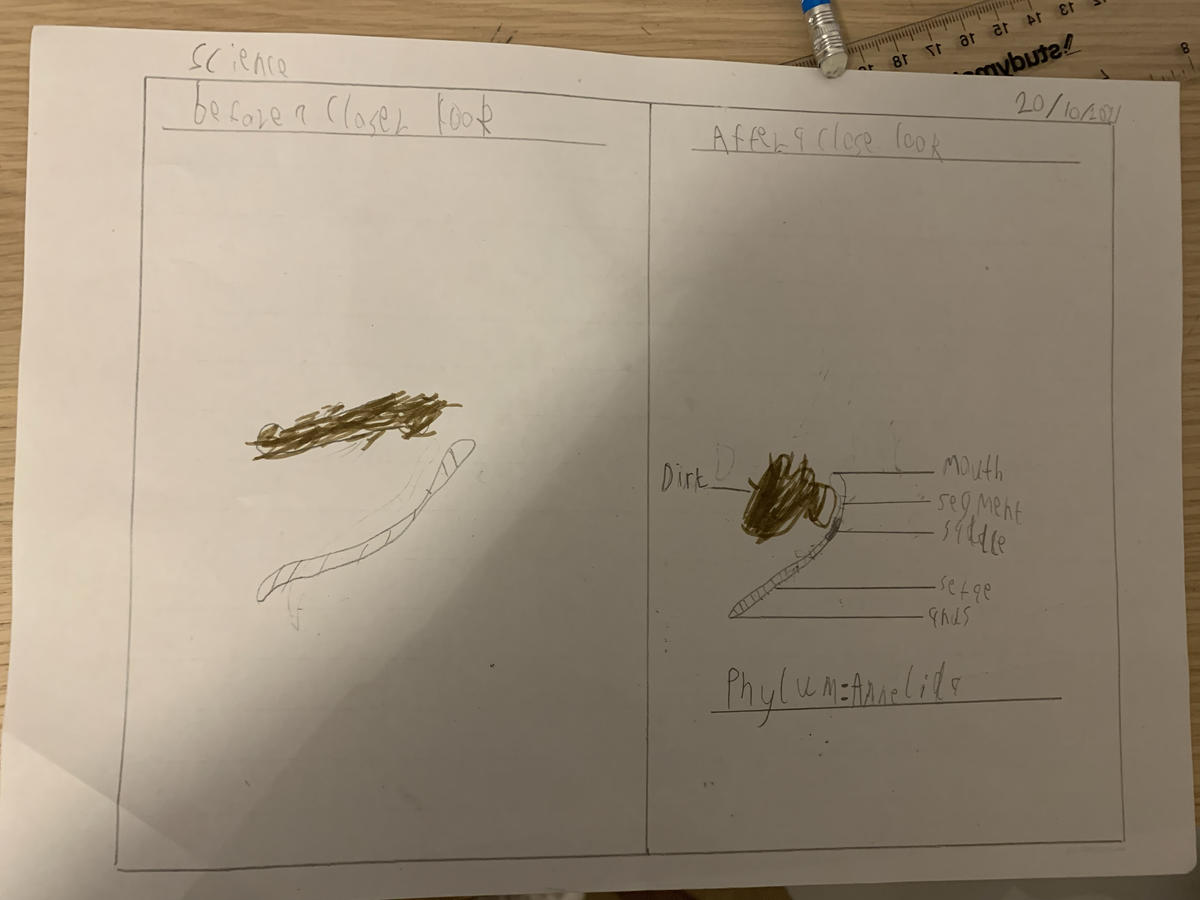

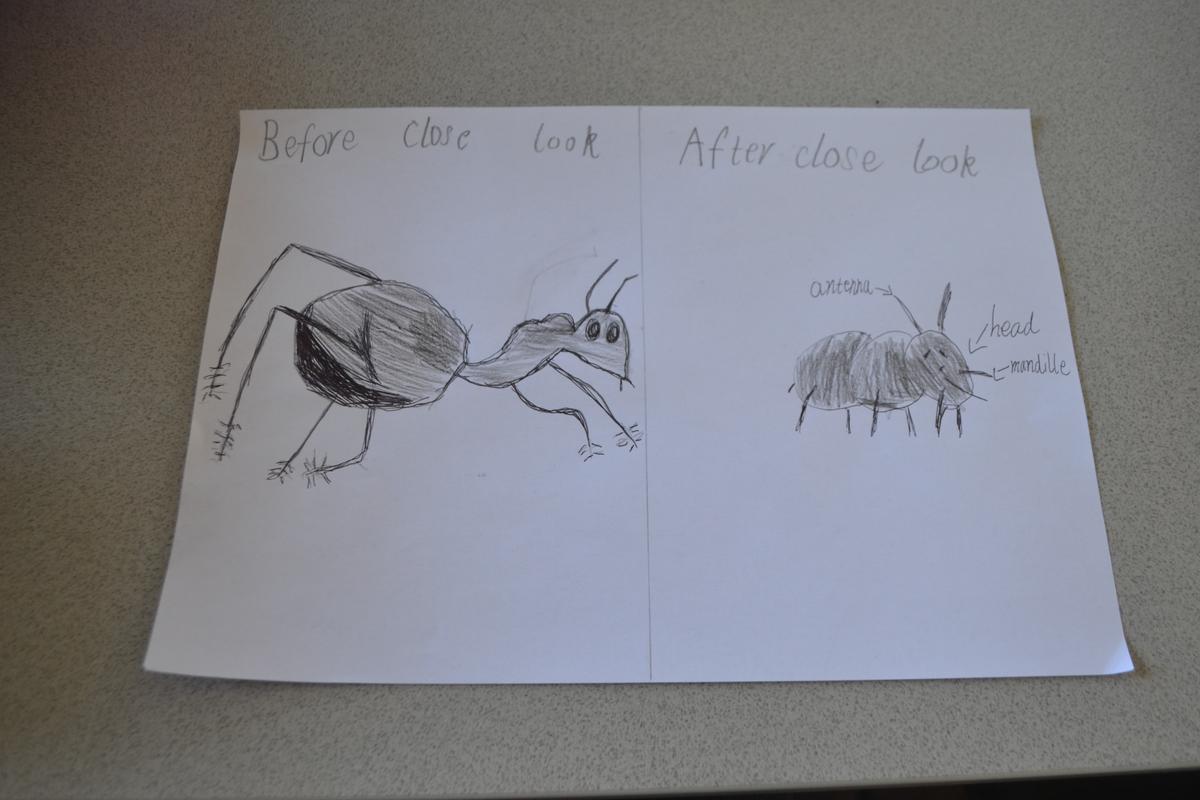
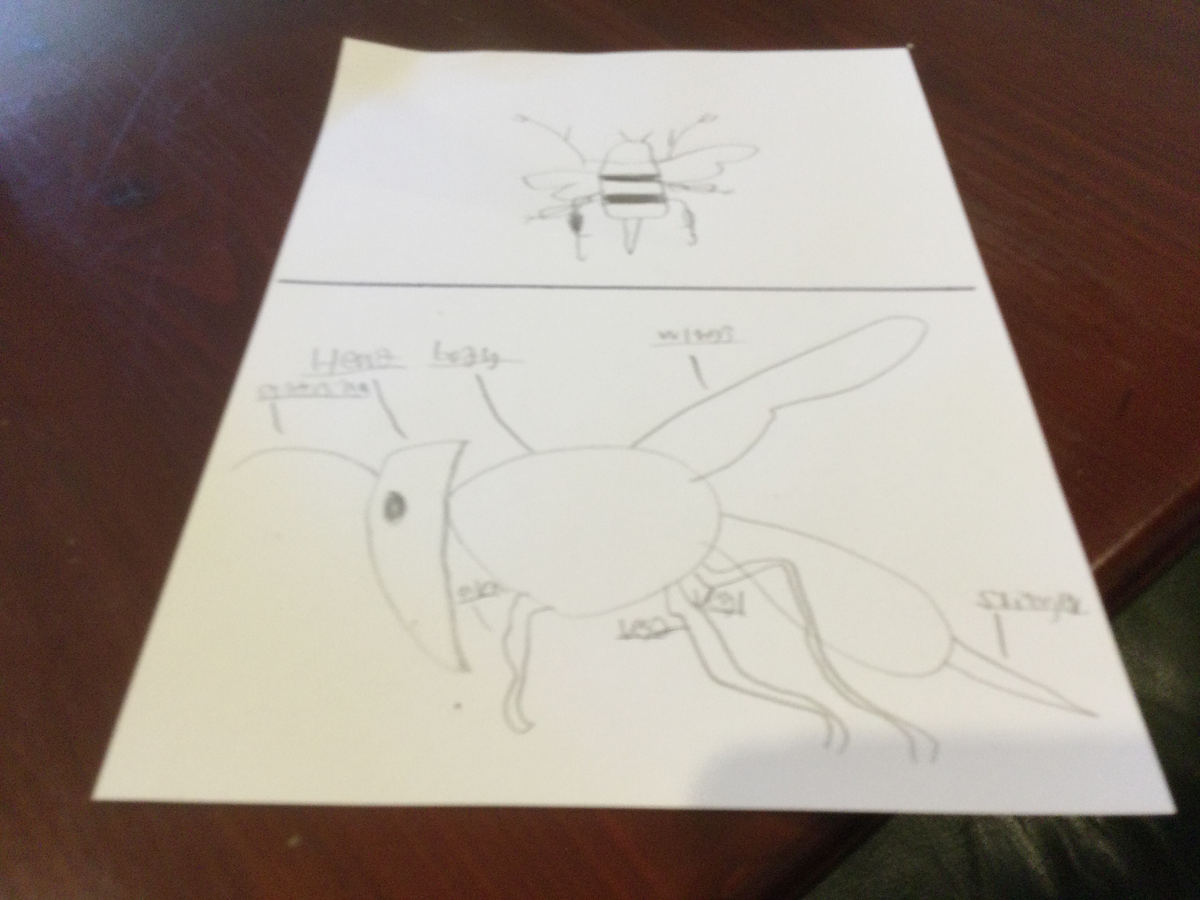
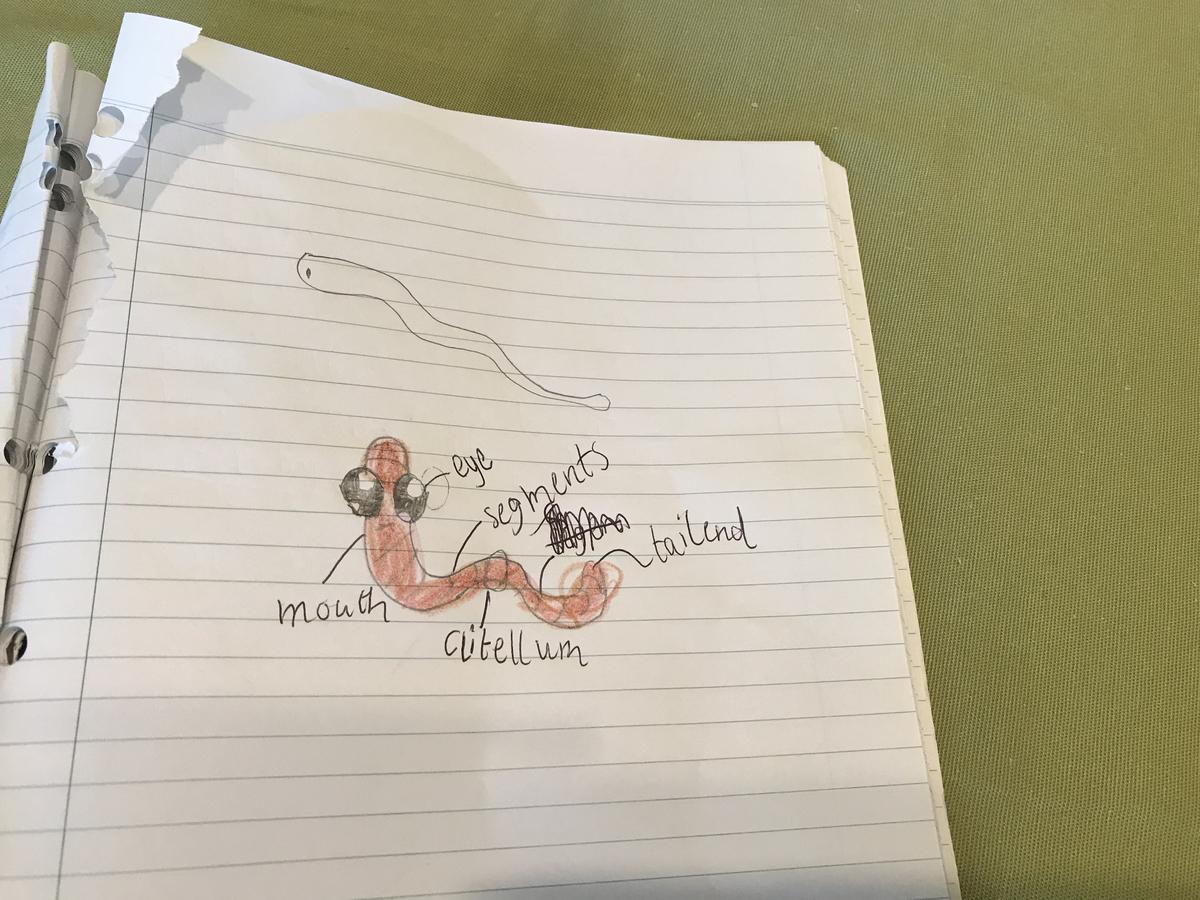






Students are learning that living things can be grouped based on their observable features and can be set apart from non-living things.
In week 2, students identified living and non-living things and created a labelled diagram and journal entry to show their findings:

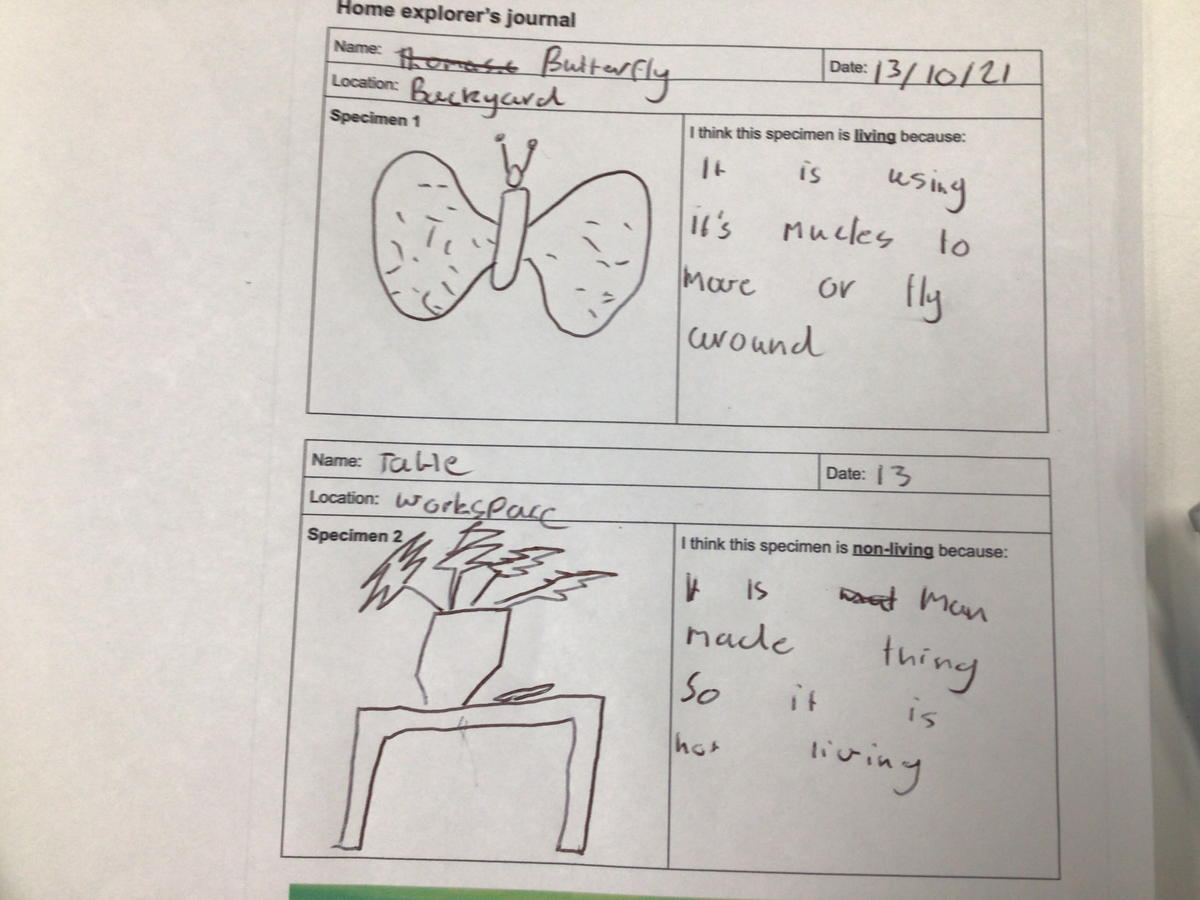
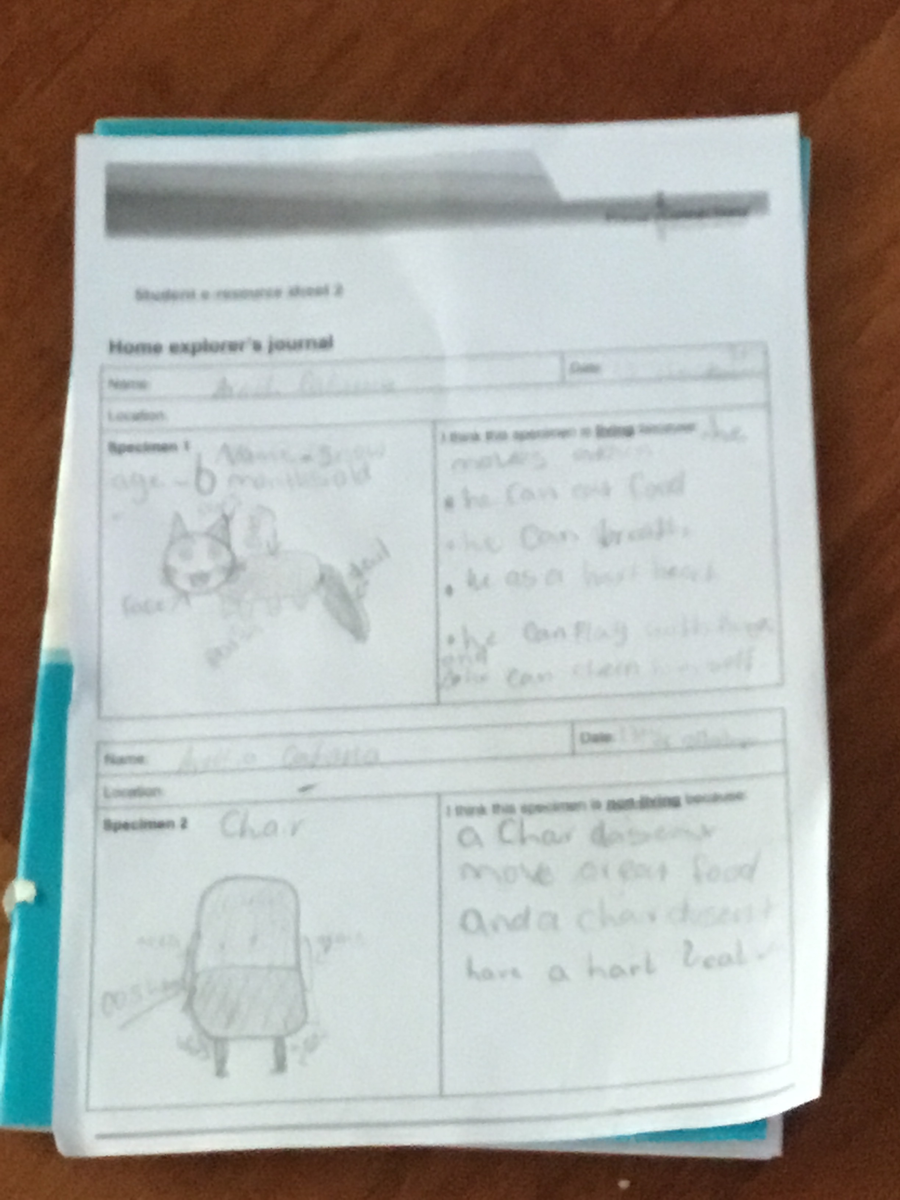
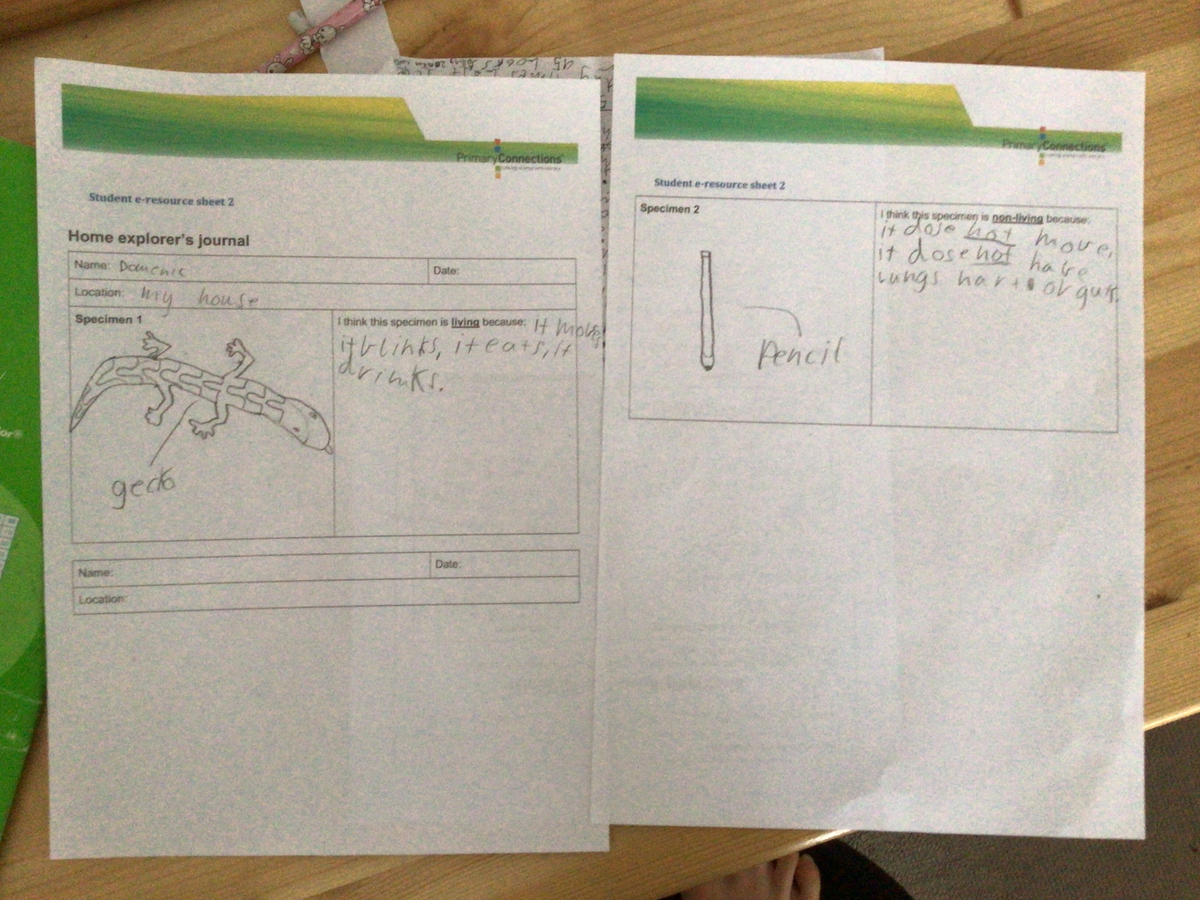
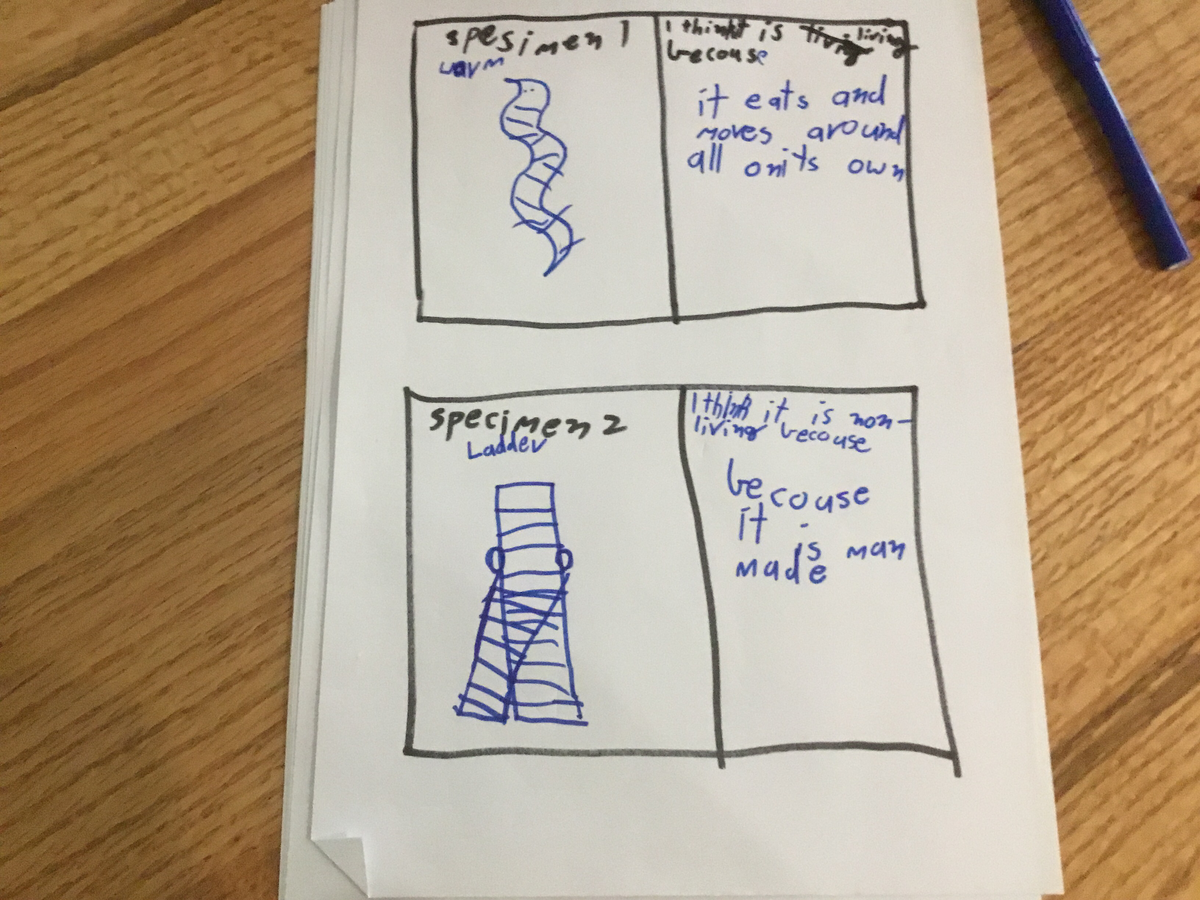
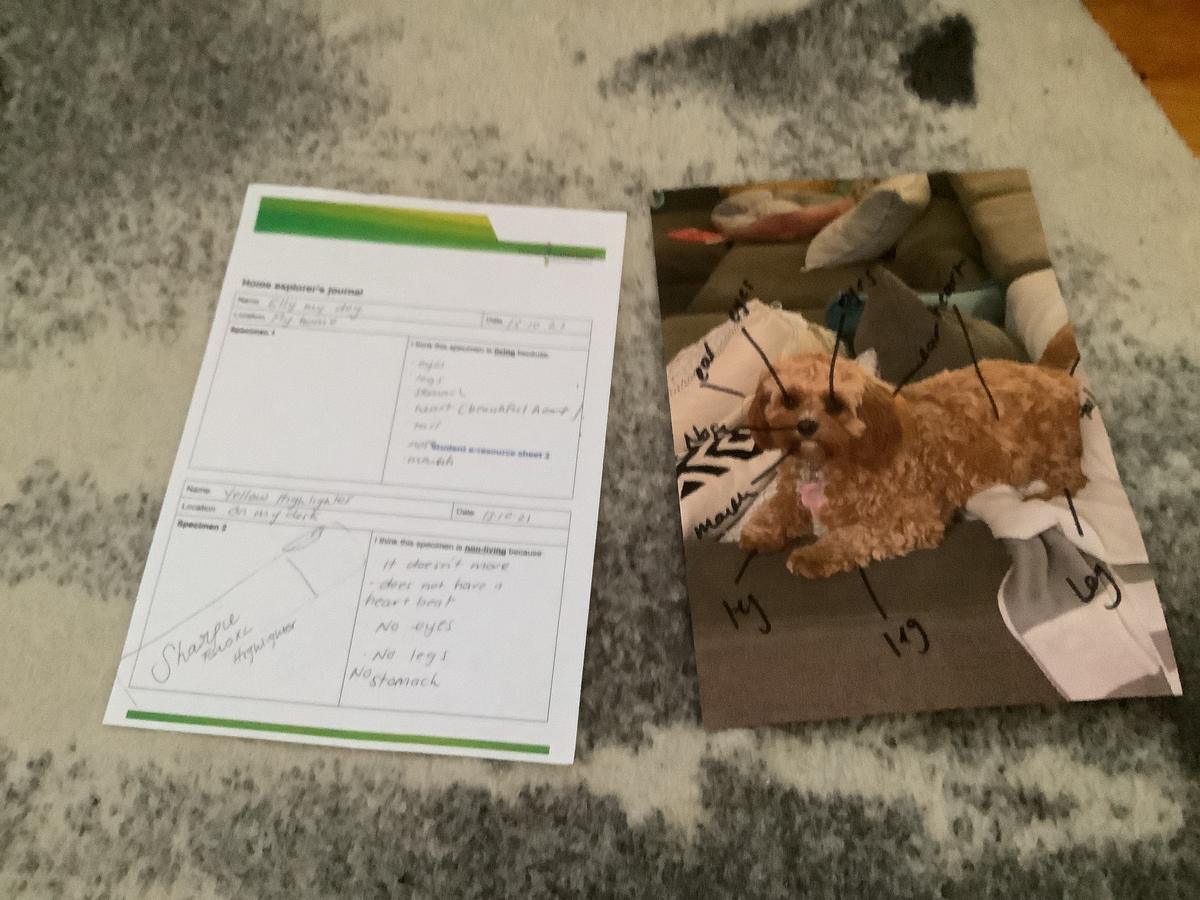








In week 3, students identified the features of living things:


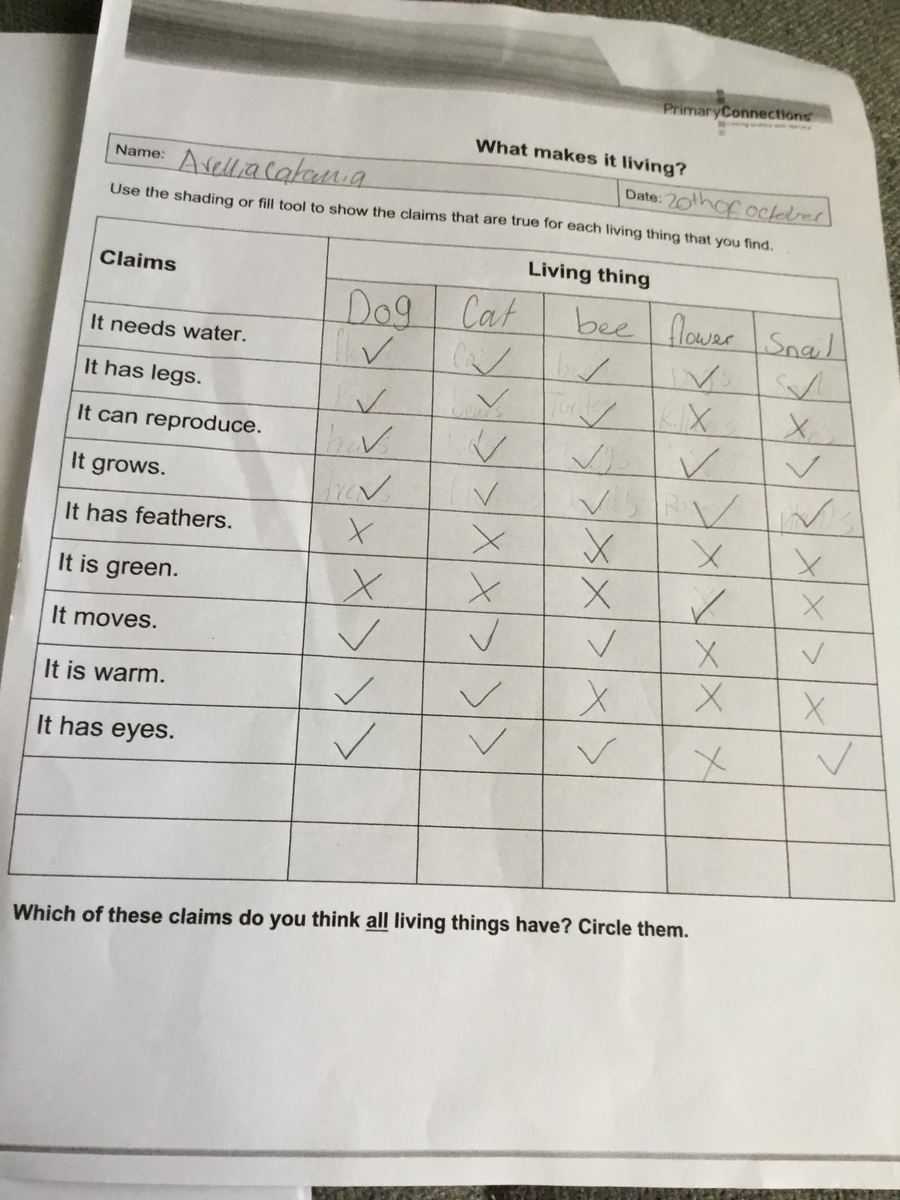
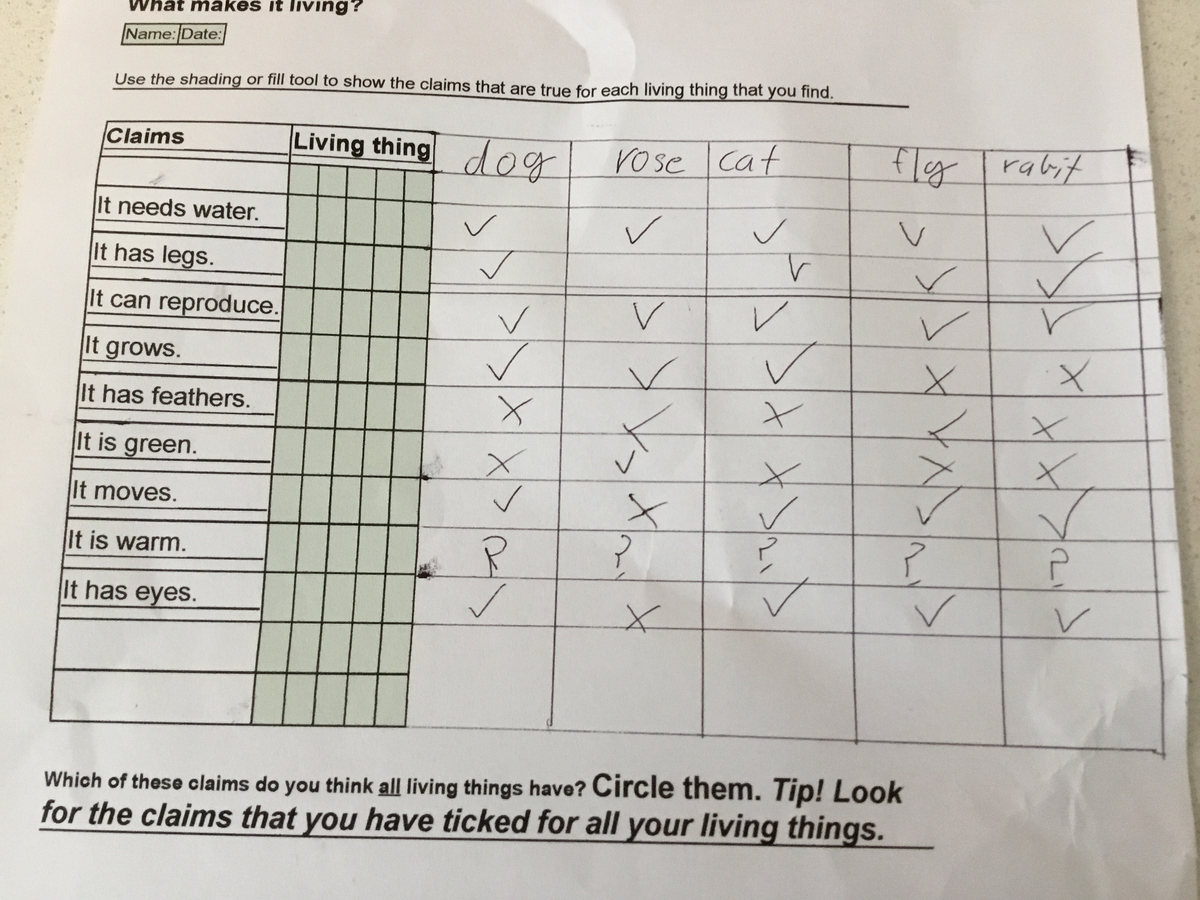
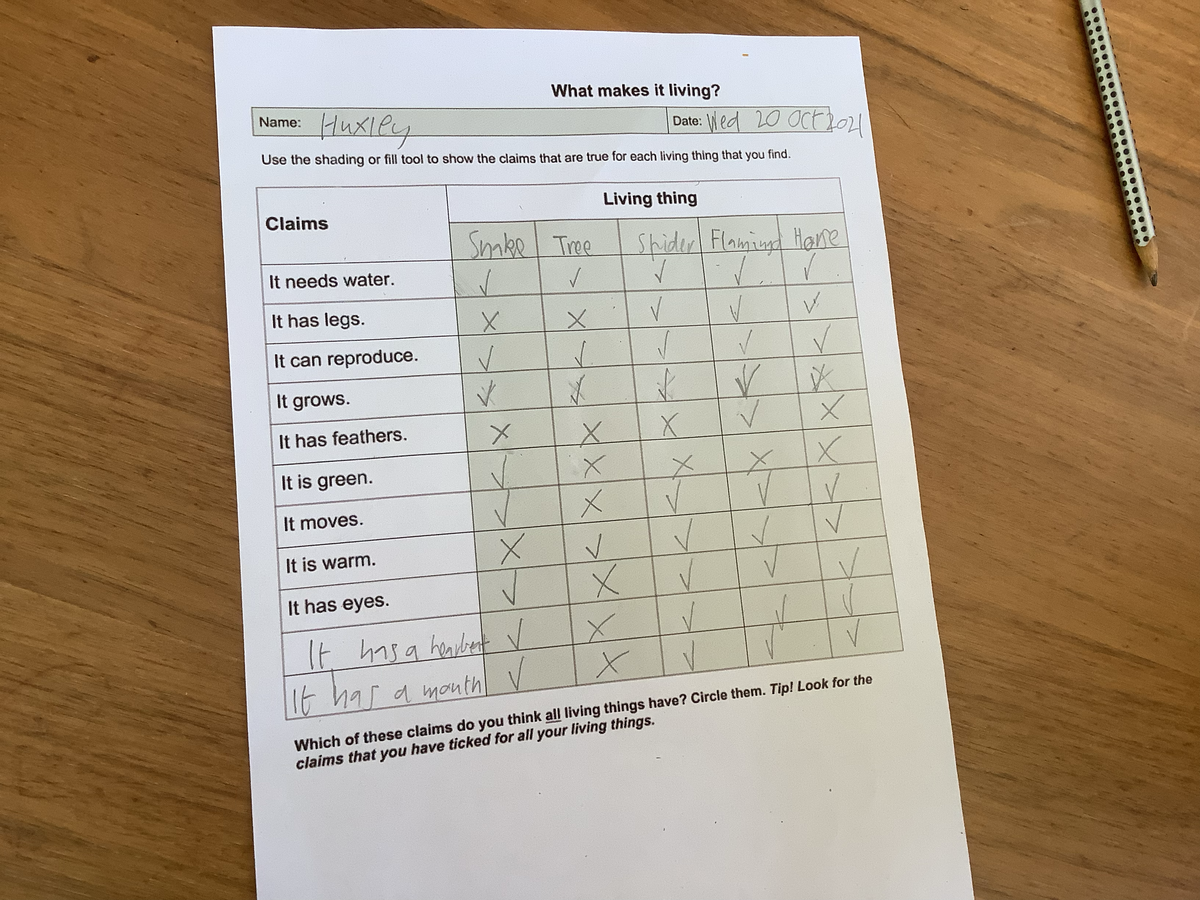





Students are learning that living things have structural features and adaptations that help them to survive in their environment.
In week 2, students investigated how having smaller leaves can help desert plants lose less water. Students used kitchen sponges as a model for leaves.
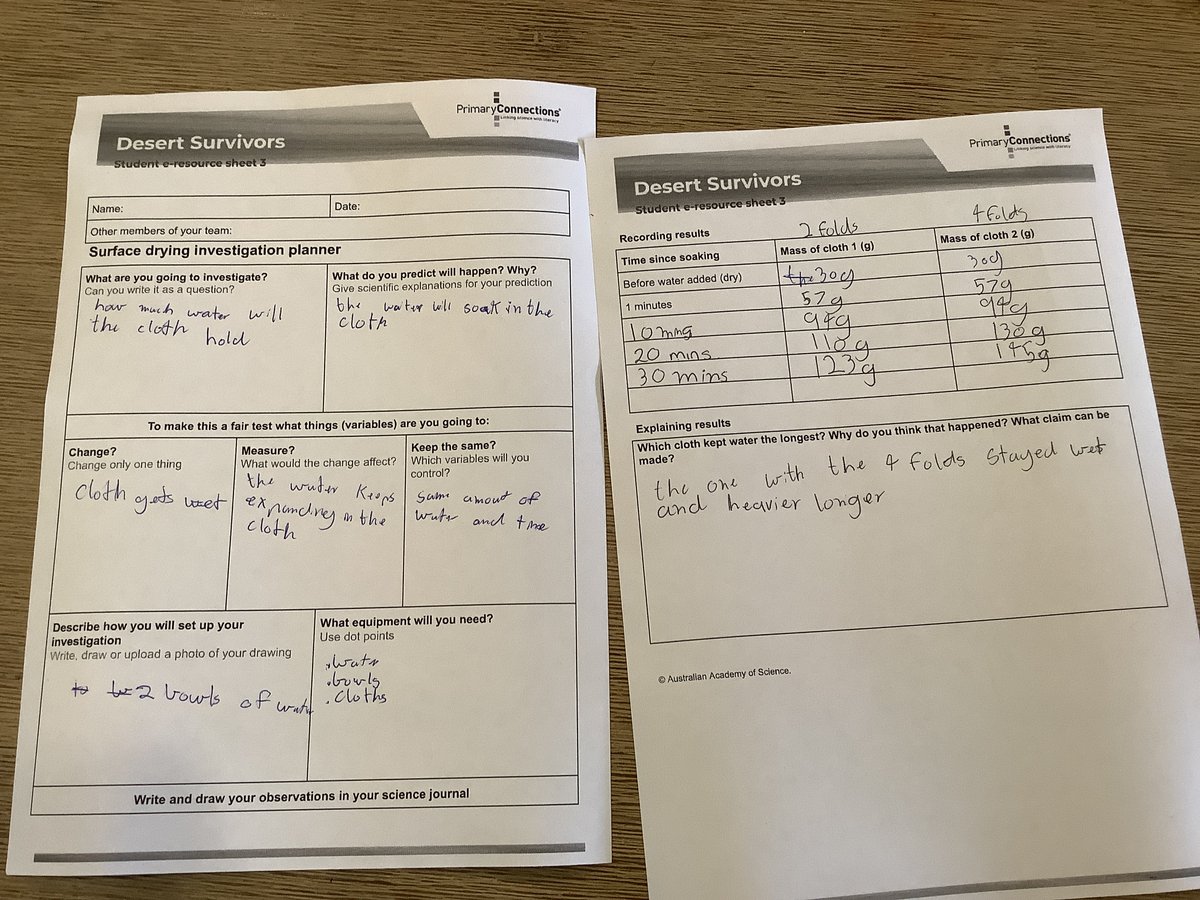
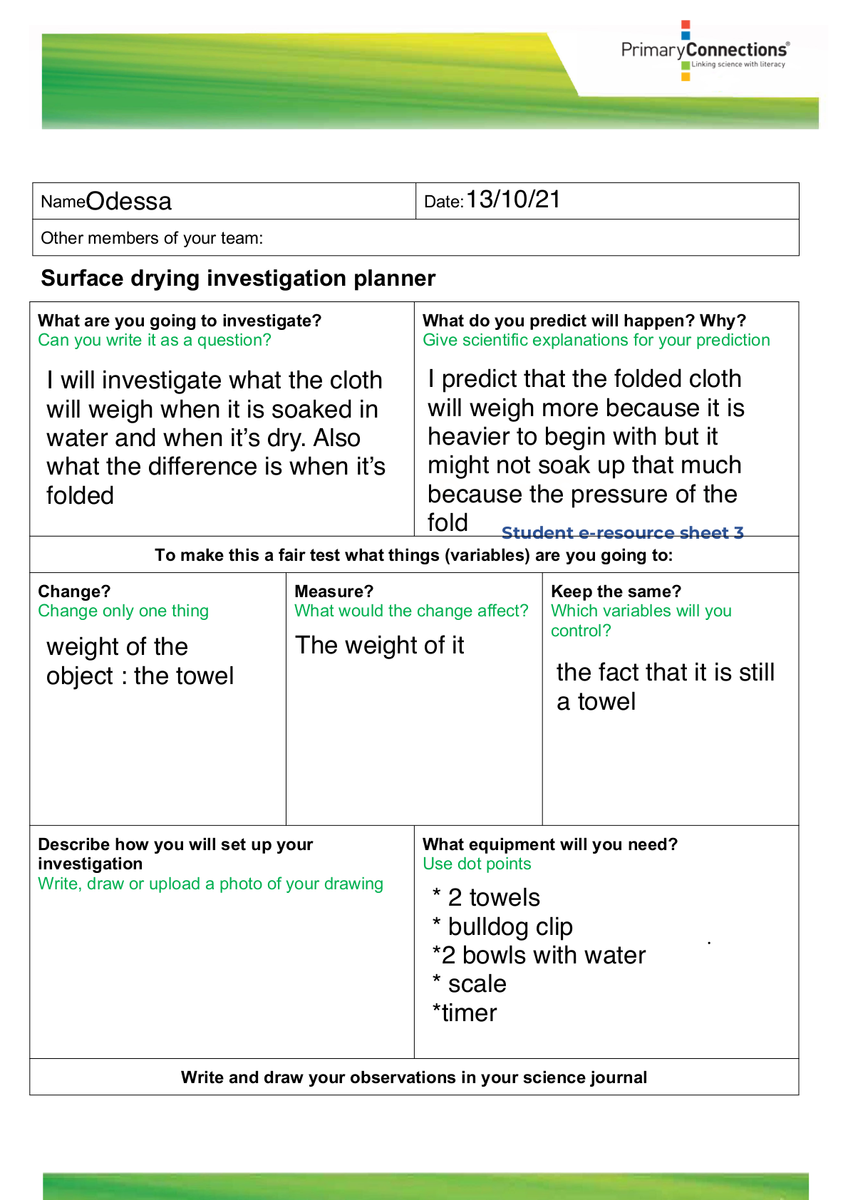
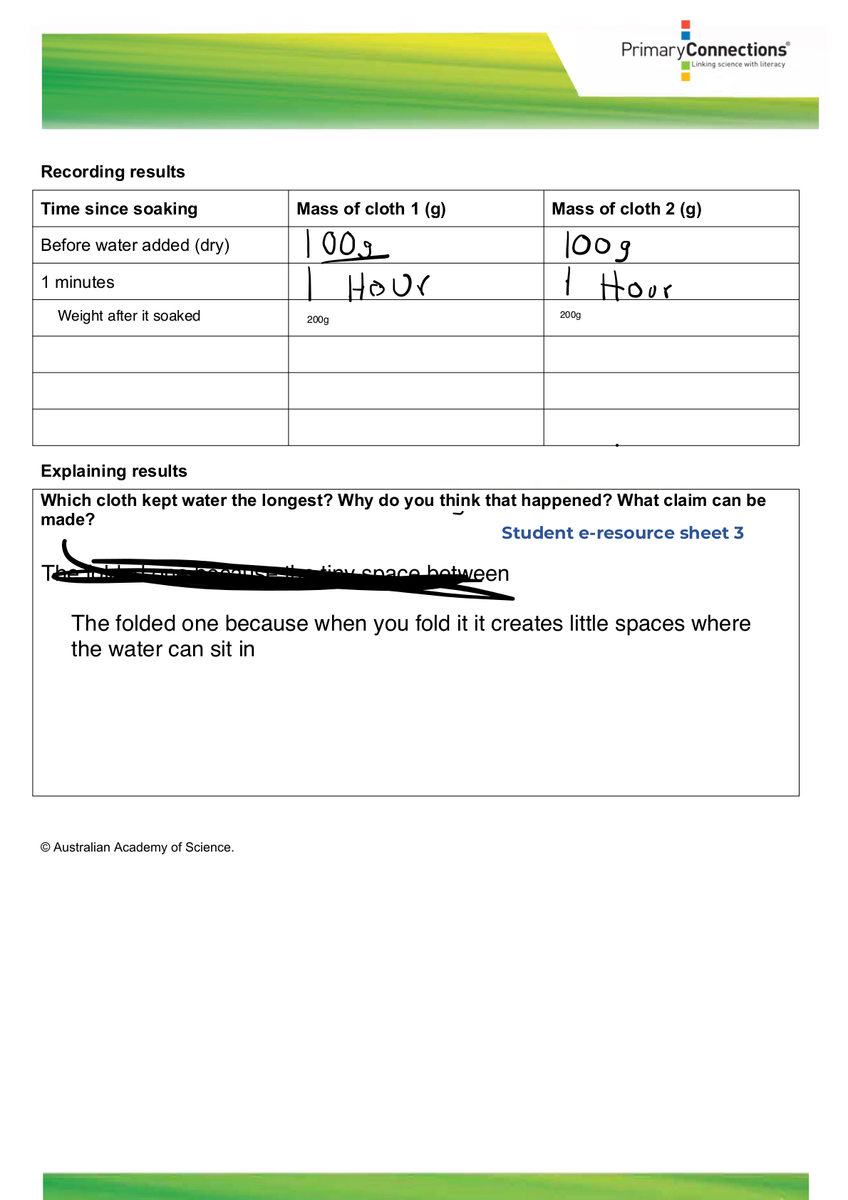
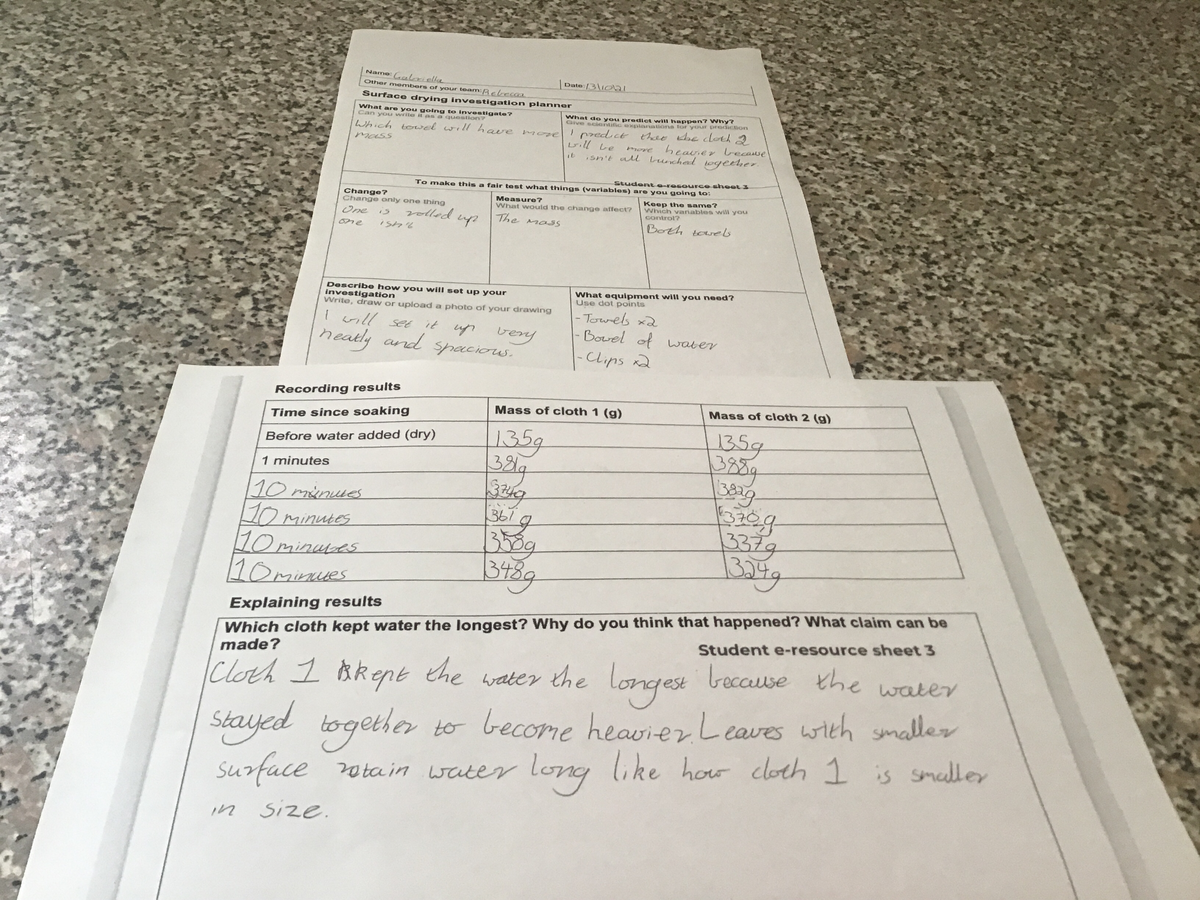
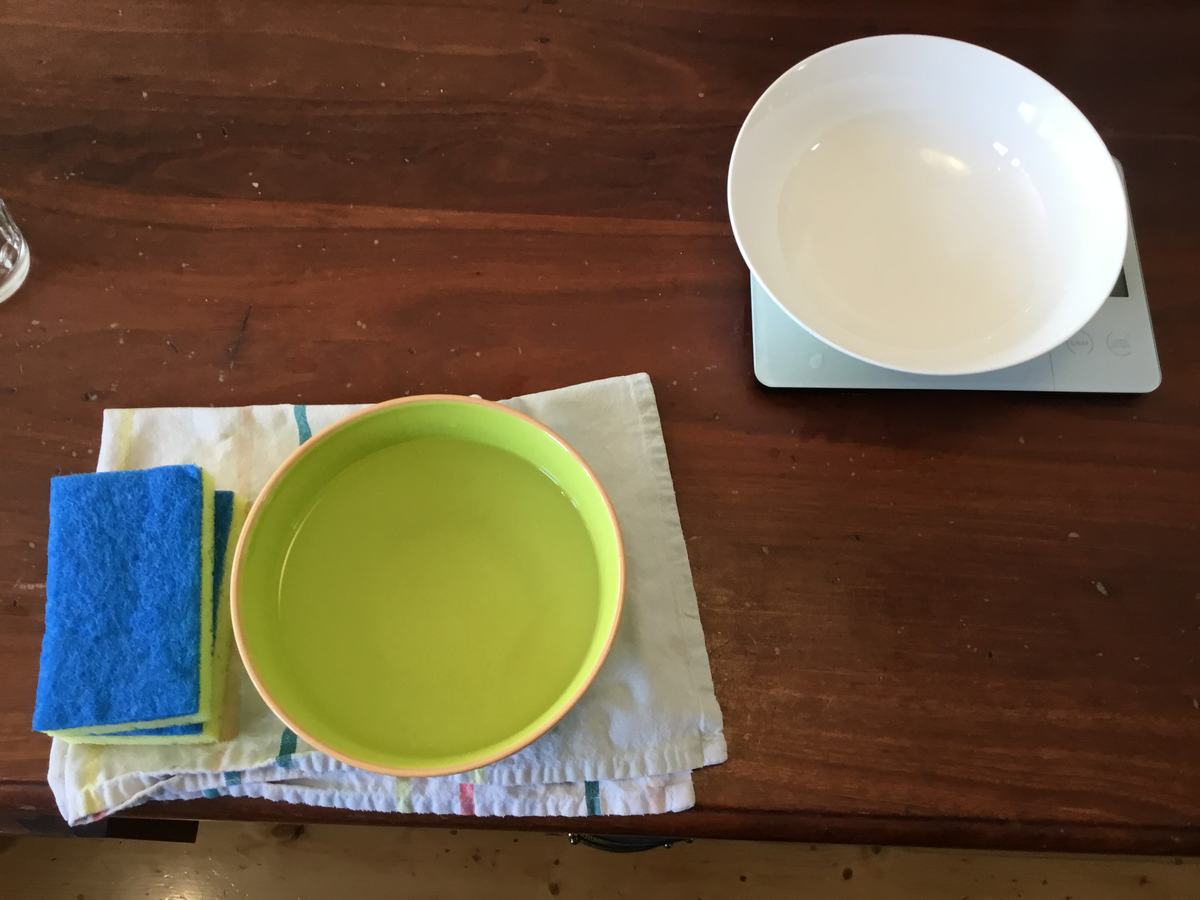





In week 3, students investigated whether being camouflaged could be beneficial to surviving in the desert. Students modelled being a predator that spots confetti on a background and aimed to ‘catch’ as much prey (confetti) as possible.
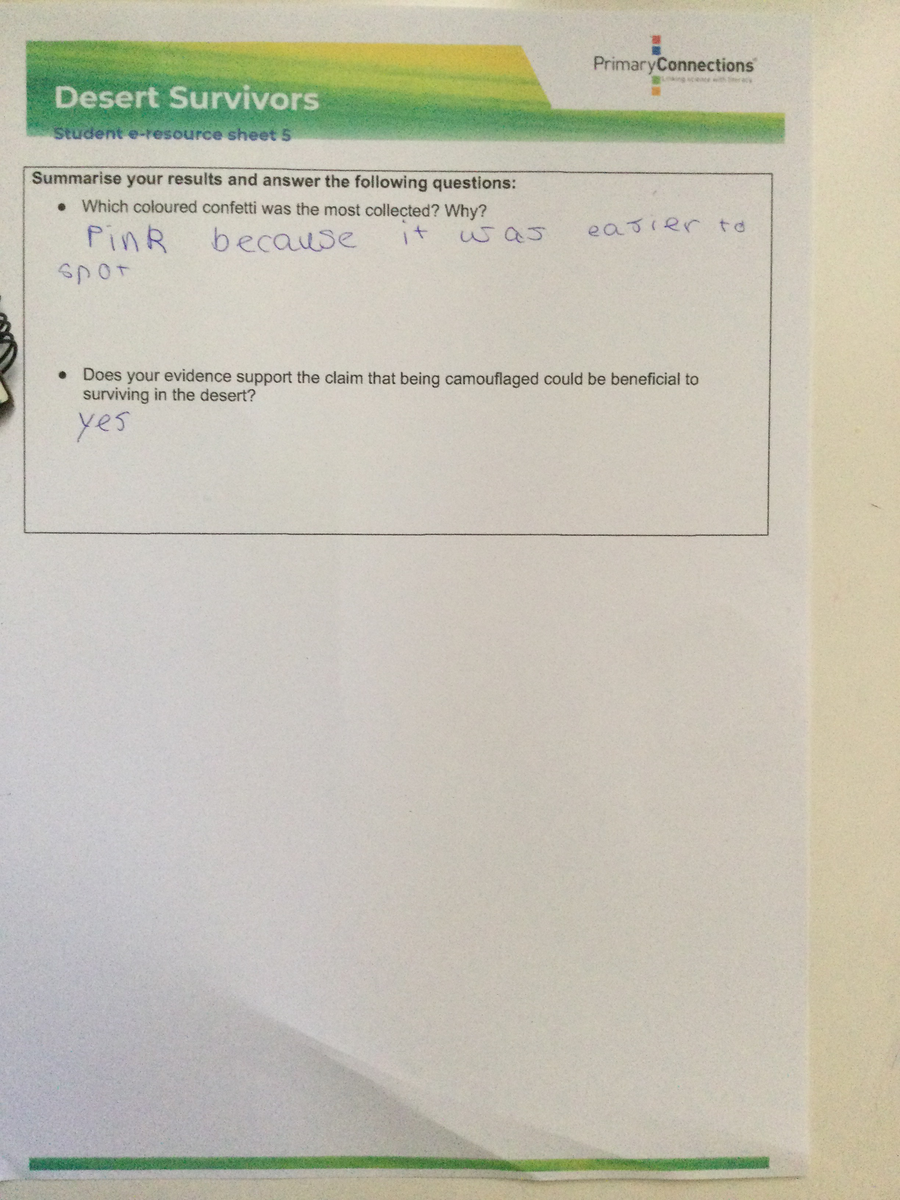
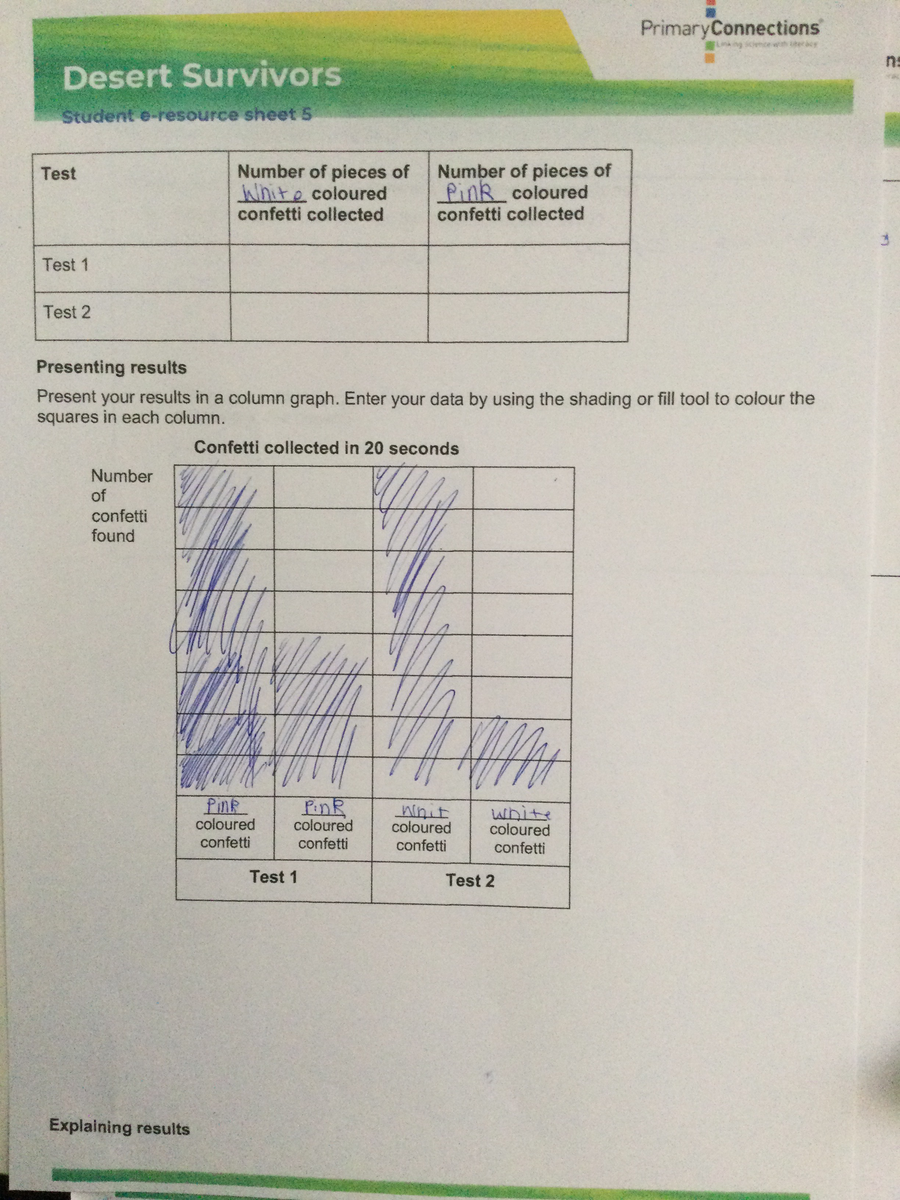
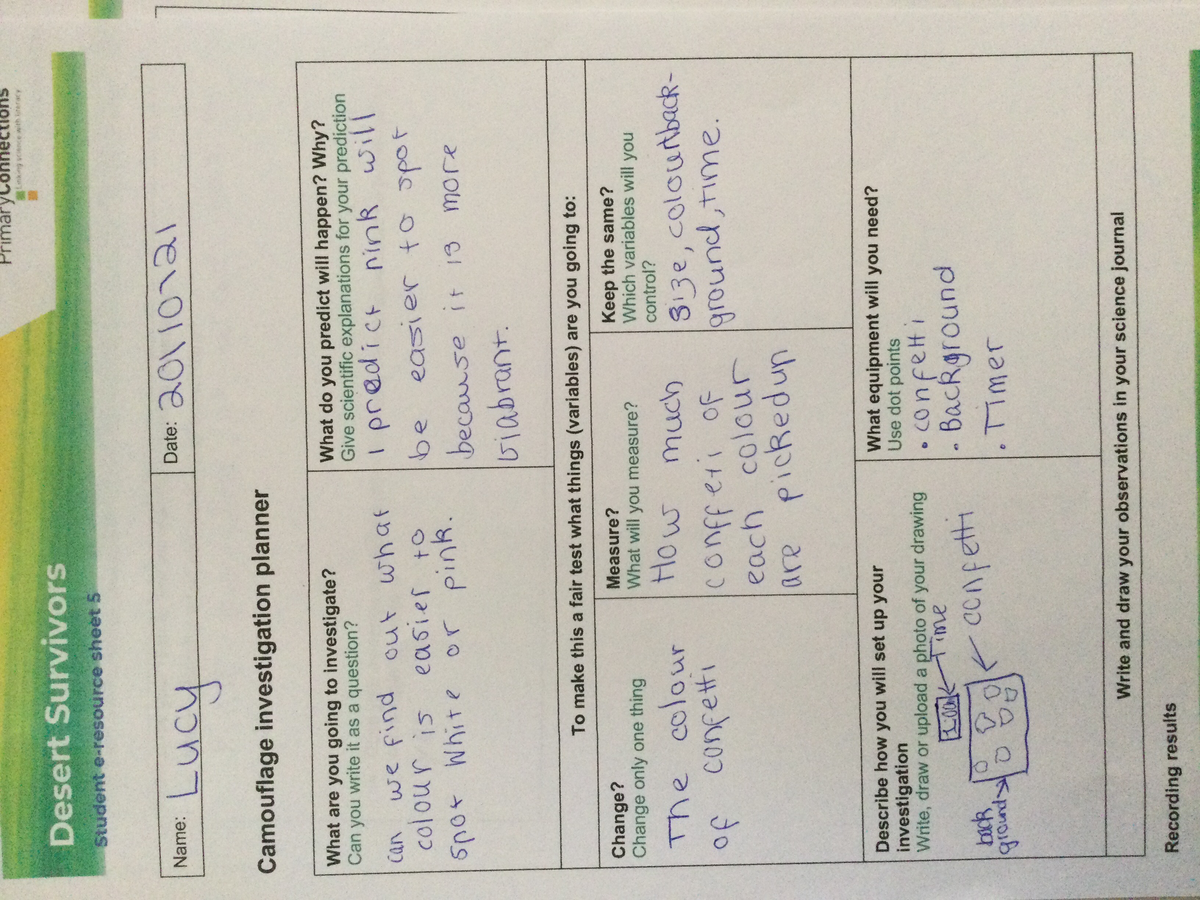
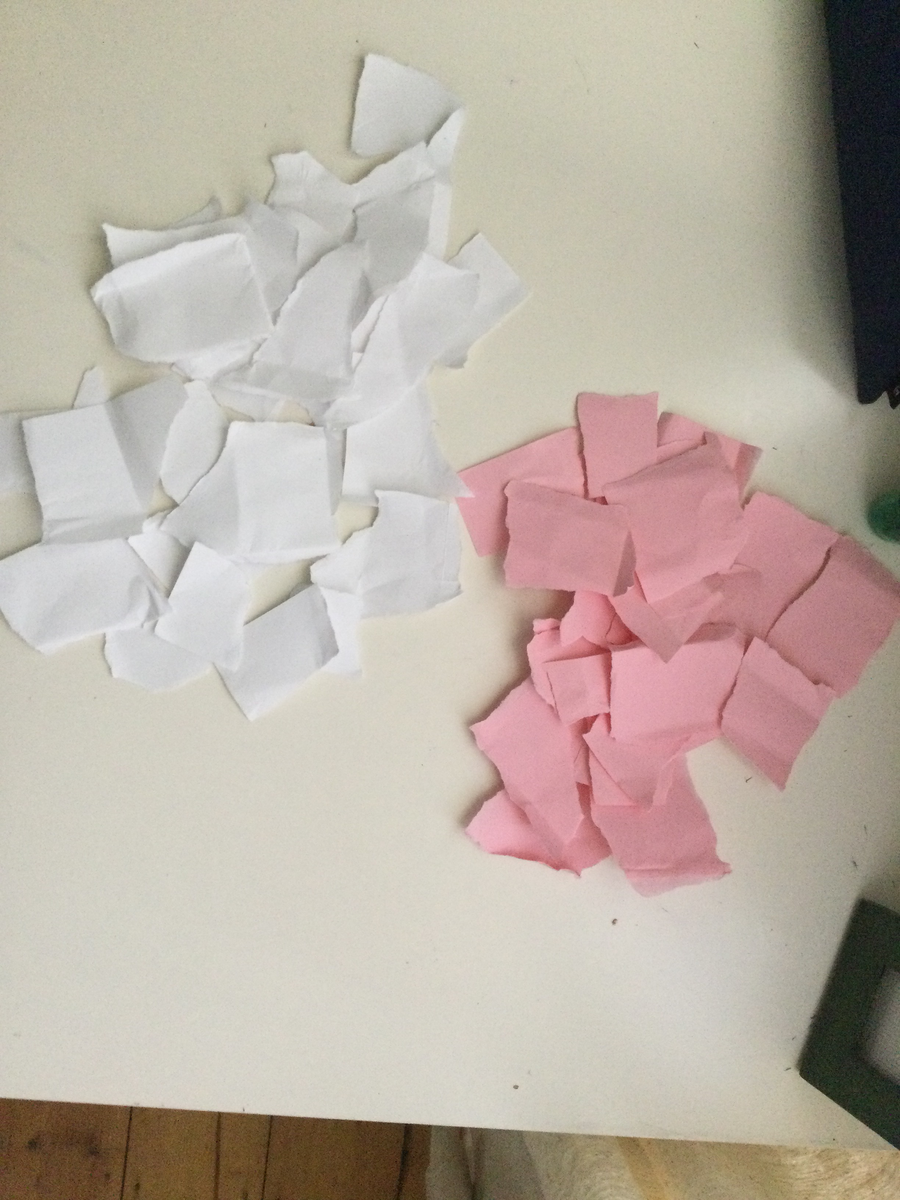
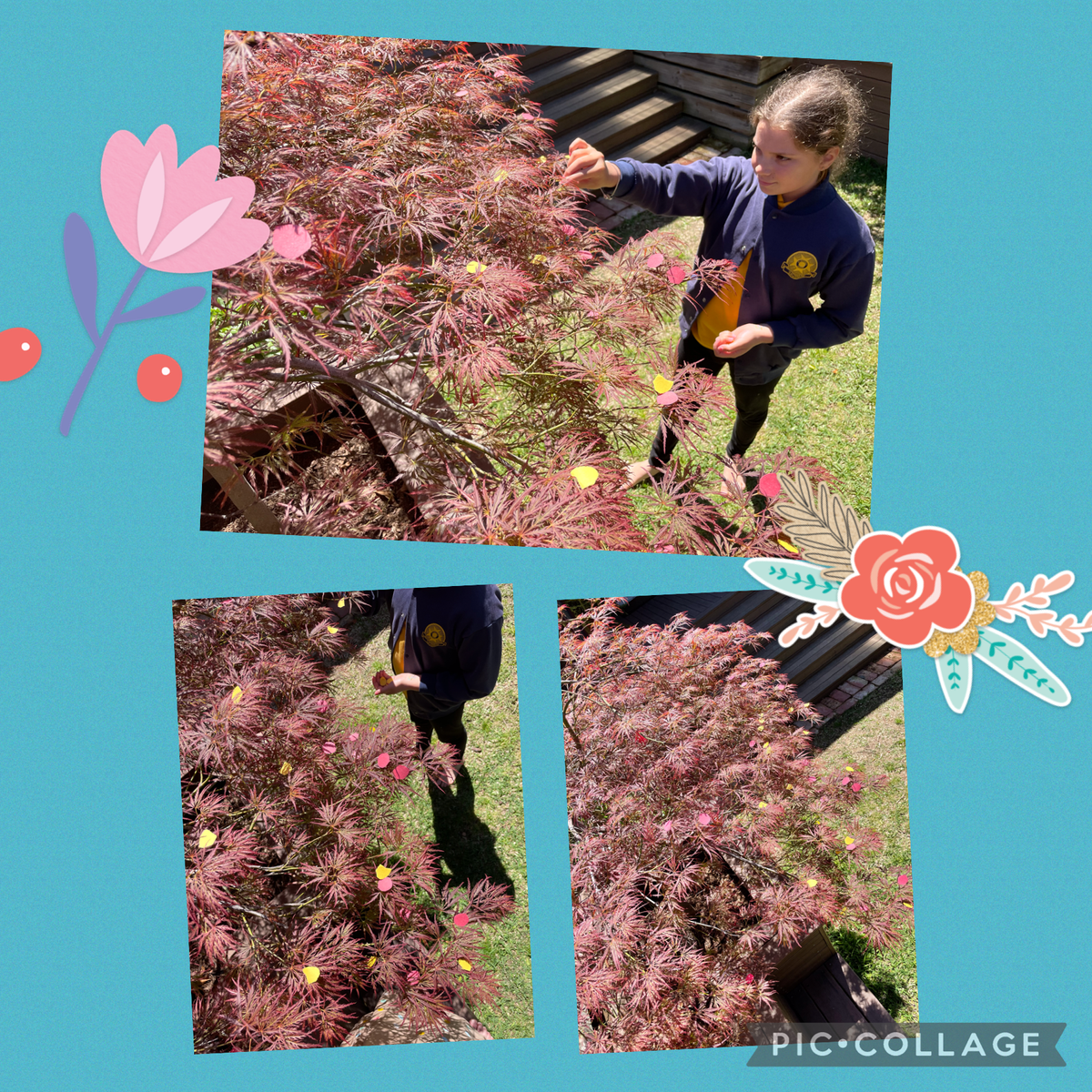
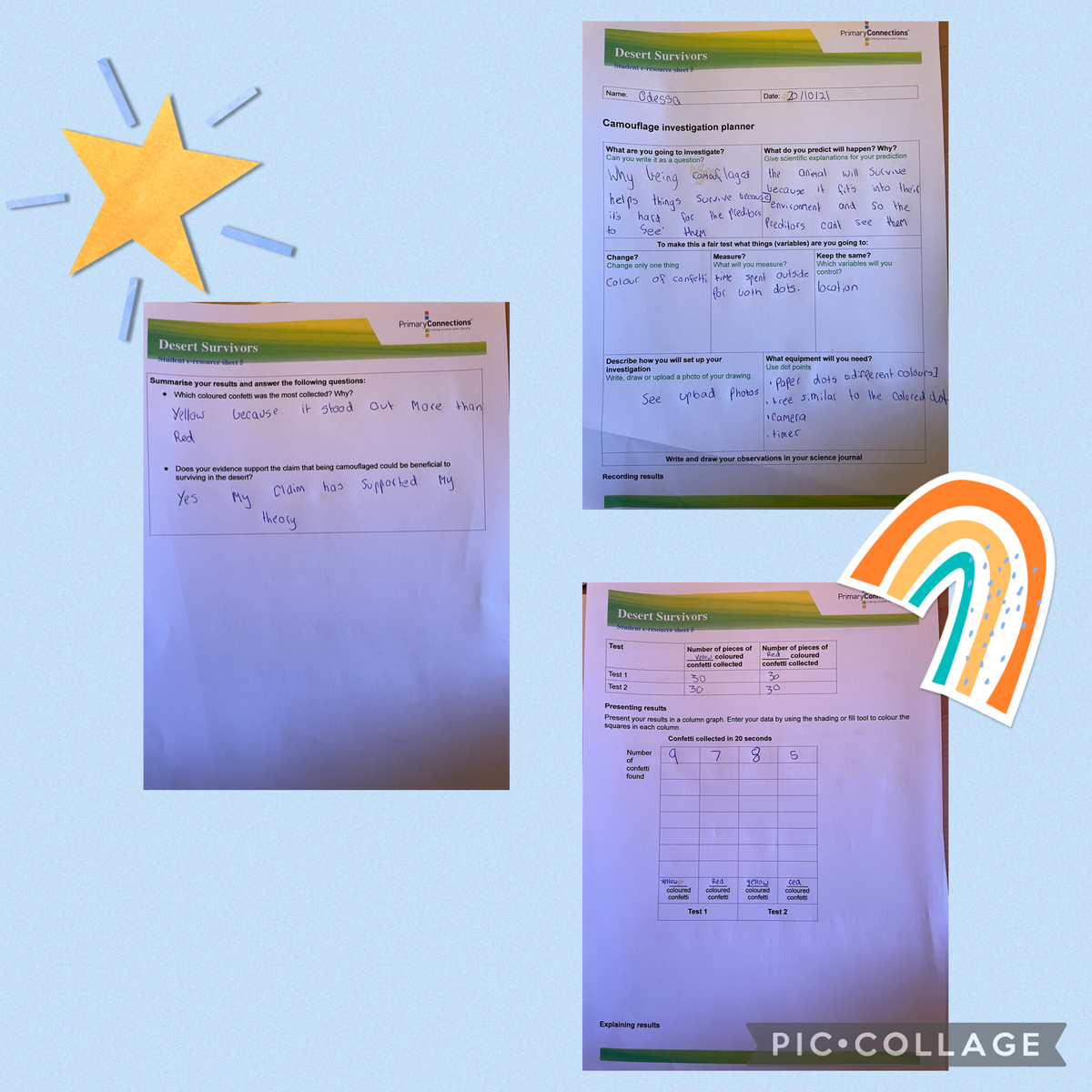

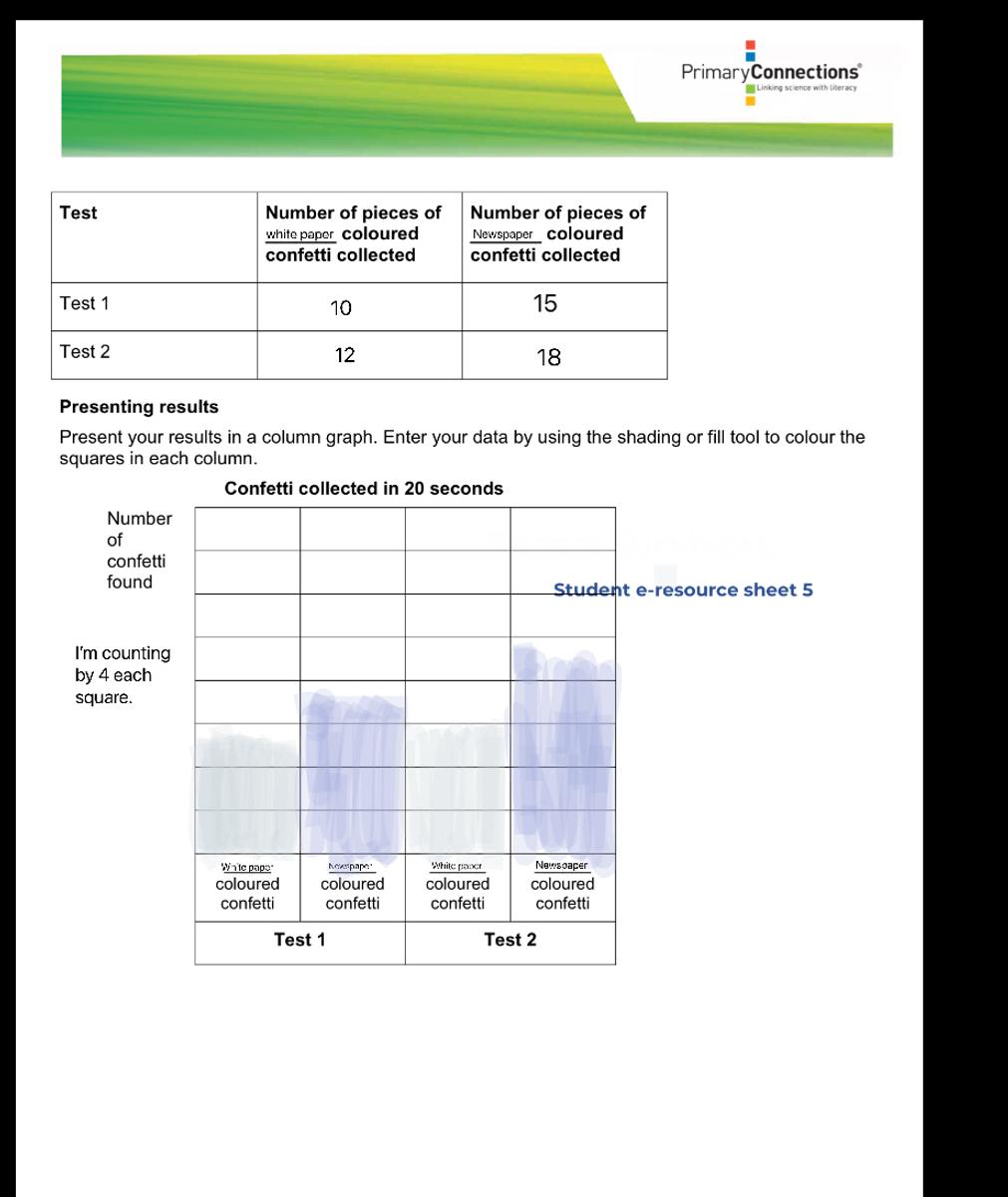
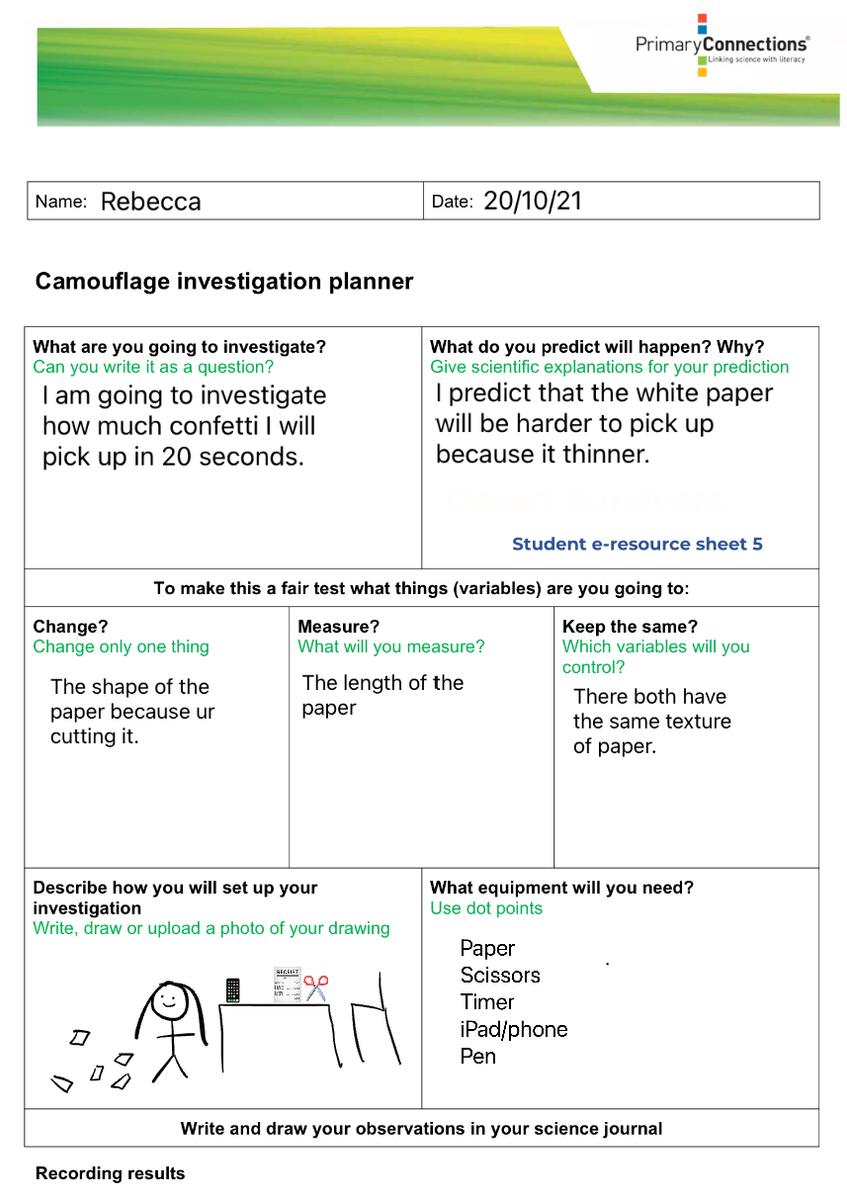









If you'd like to do some science at home perhaps consider getting involved in citizen science projects. You could identify and count frogs, record sightings of the Powerful Owl or search for other citizen science projects here.